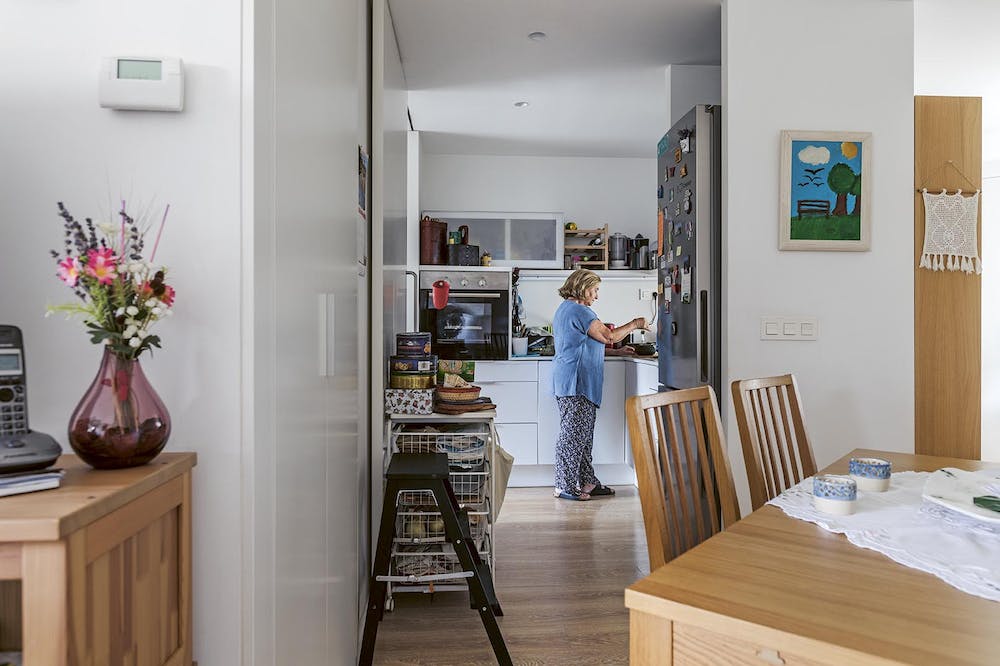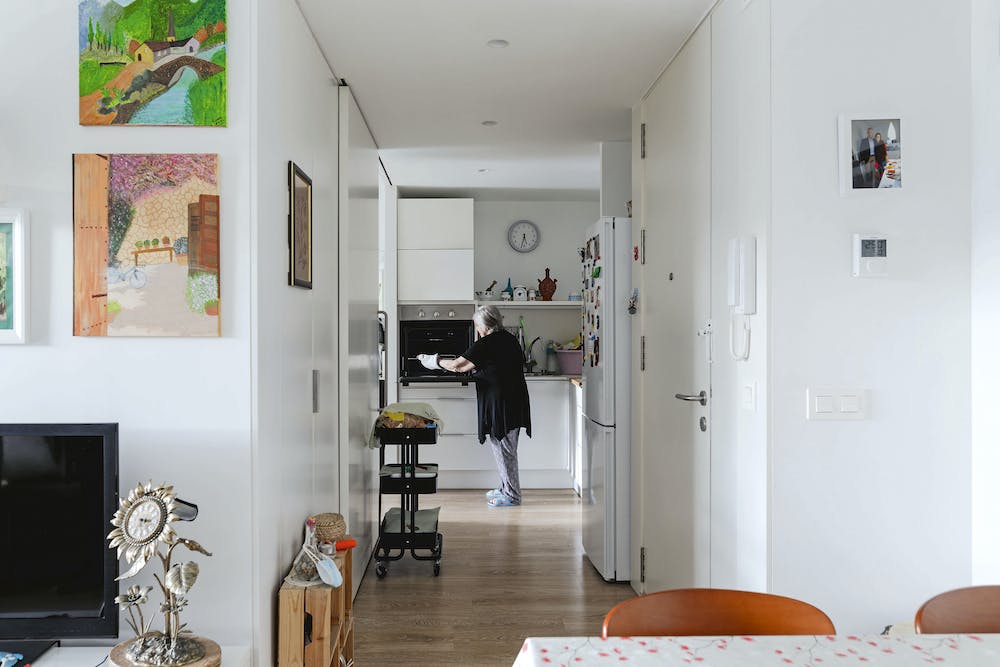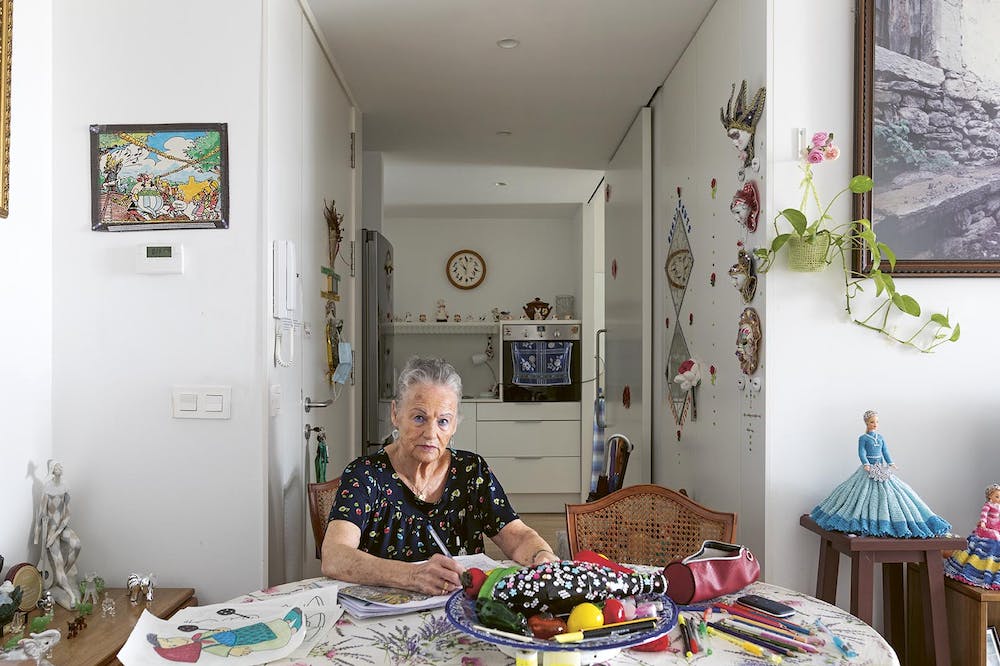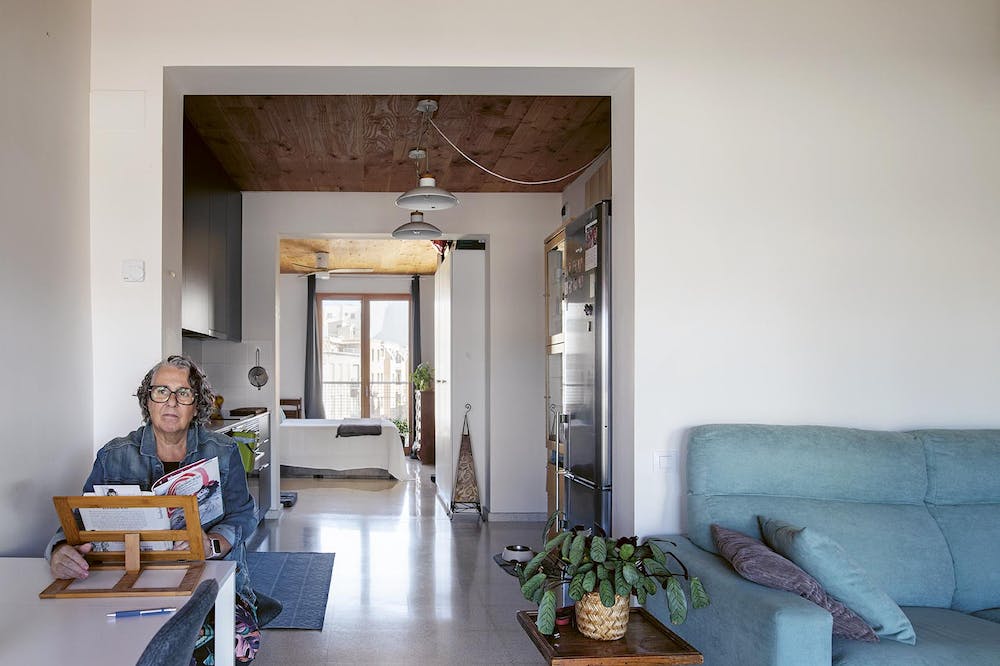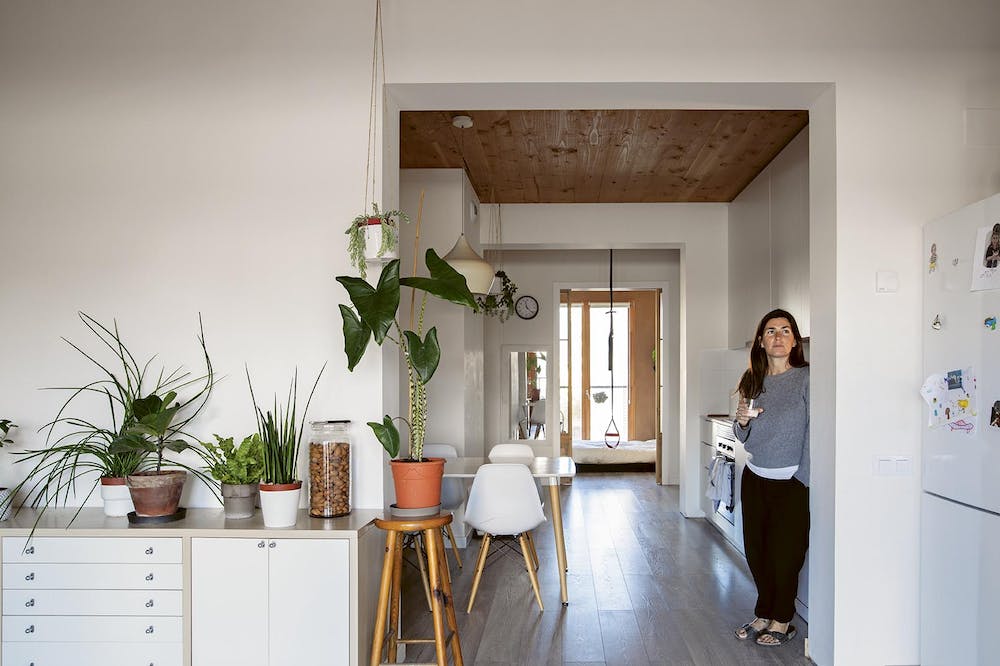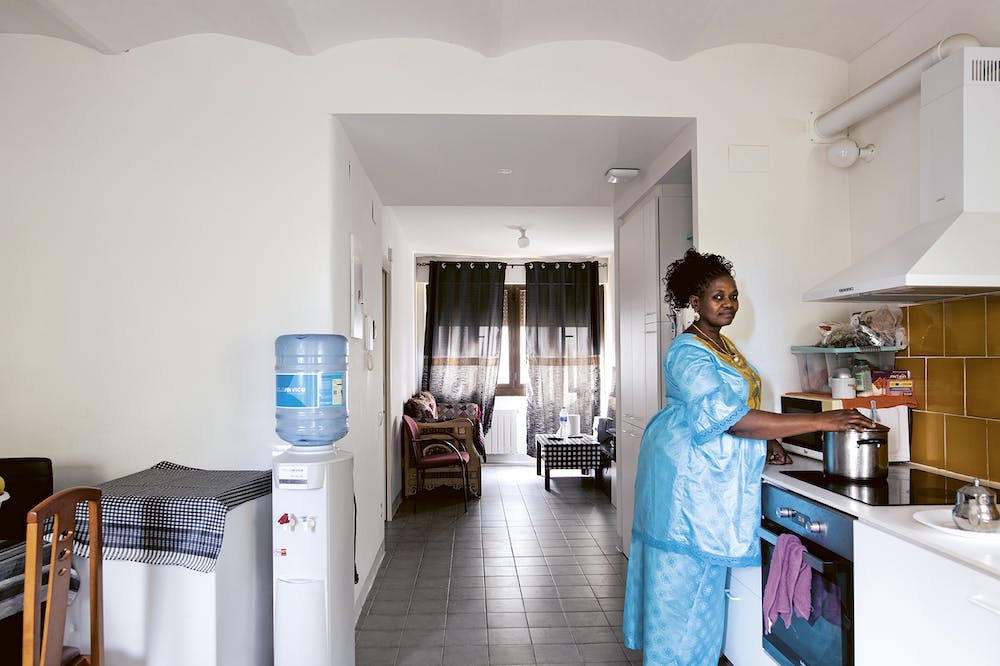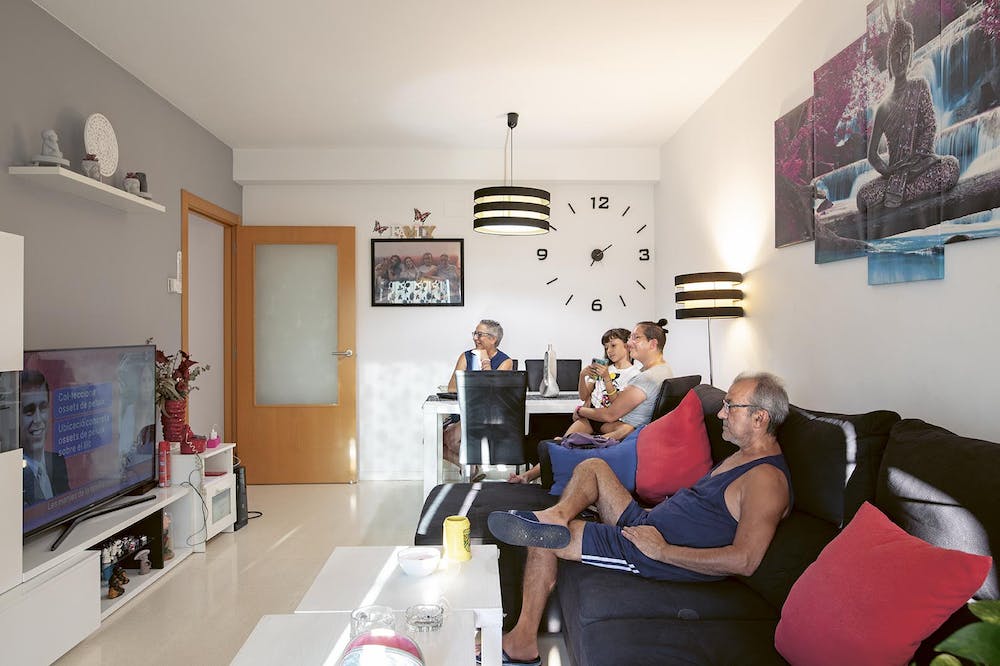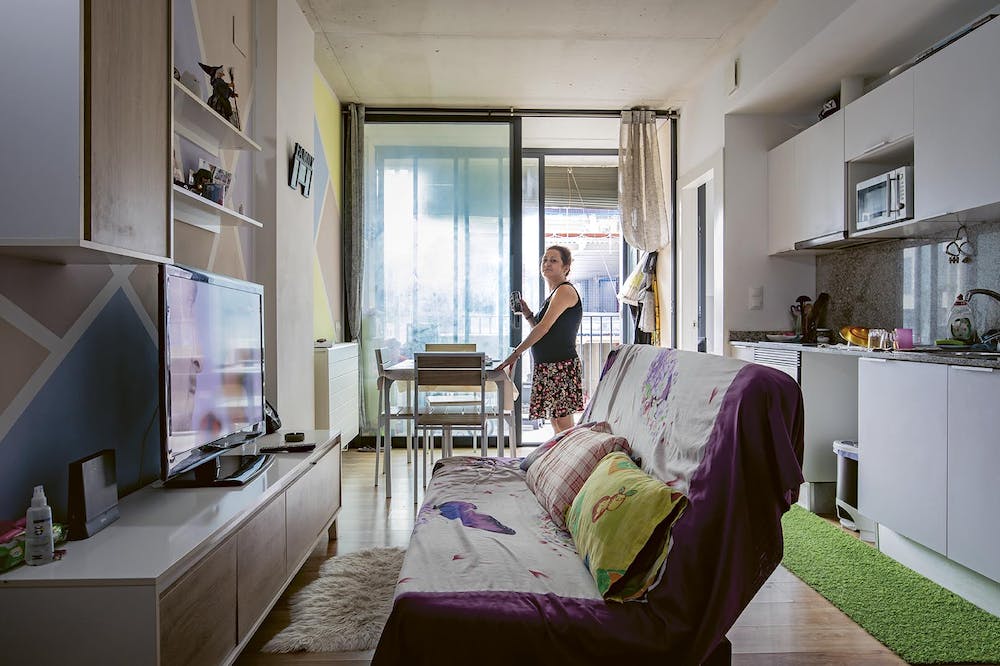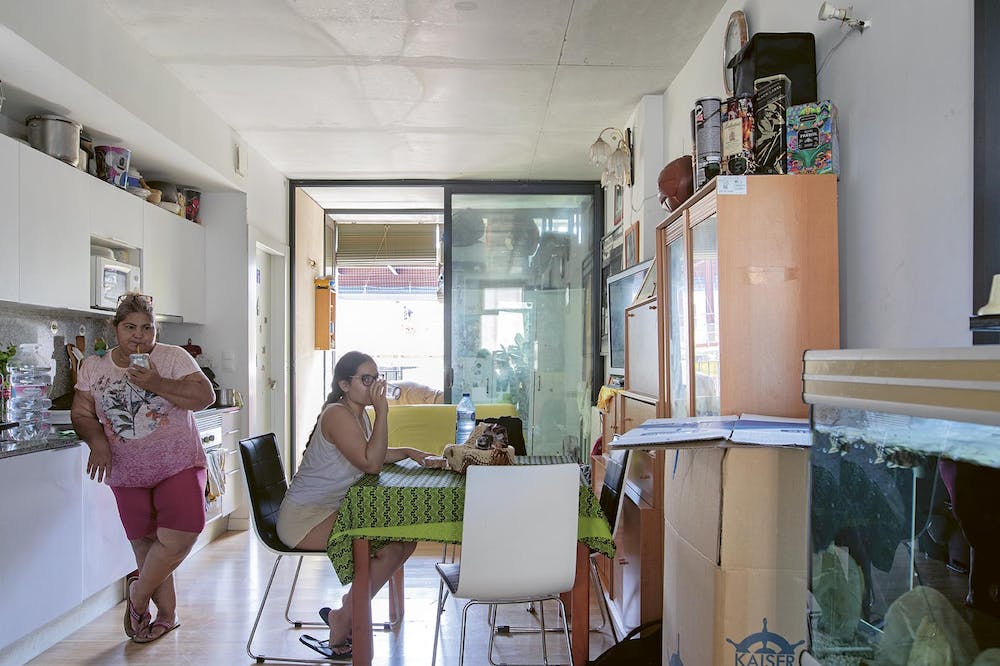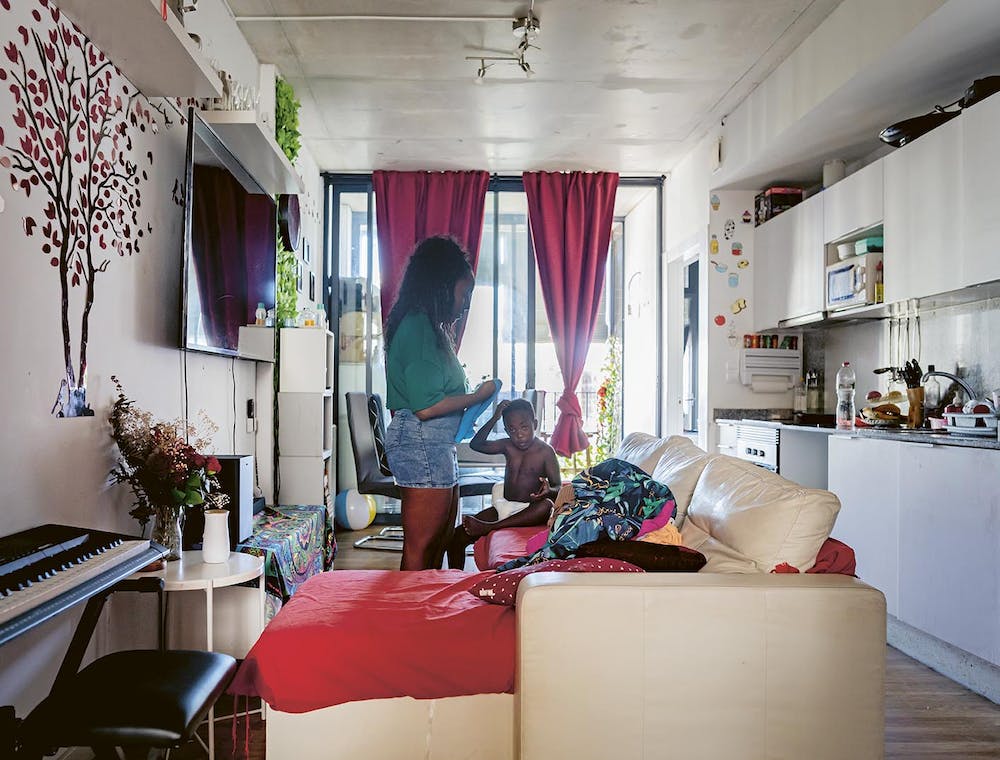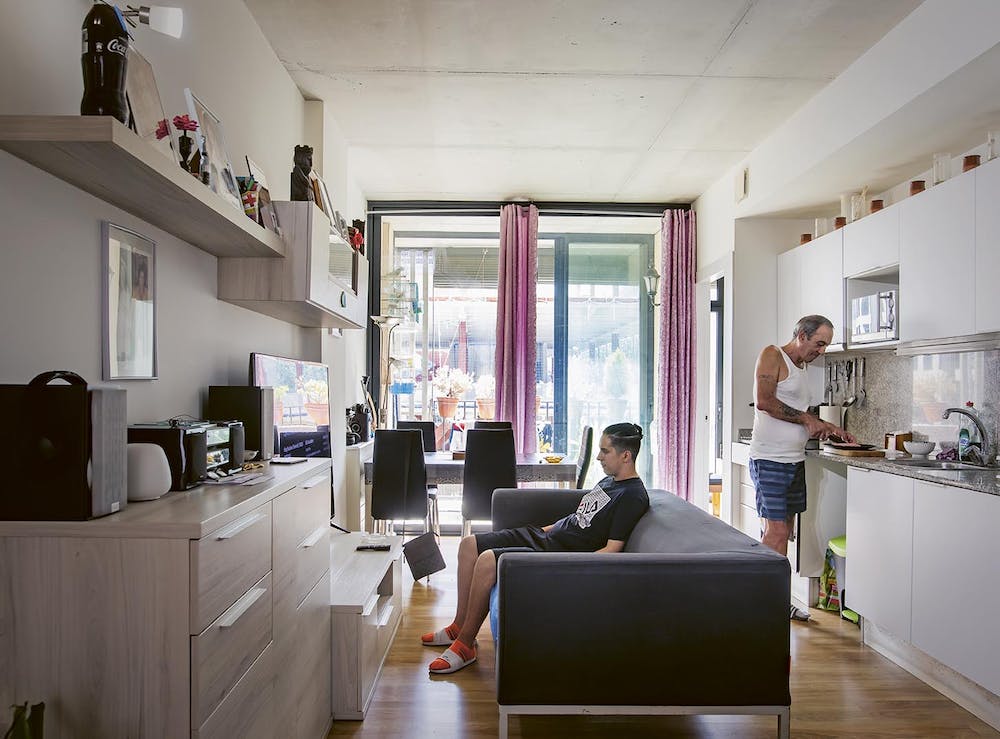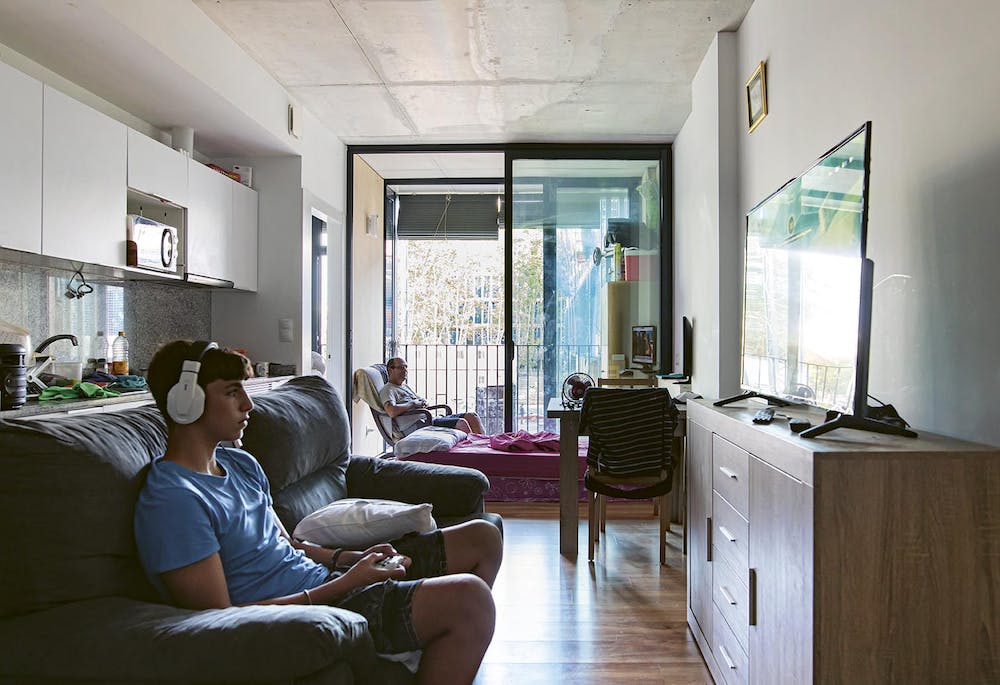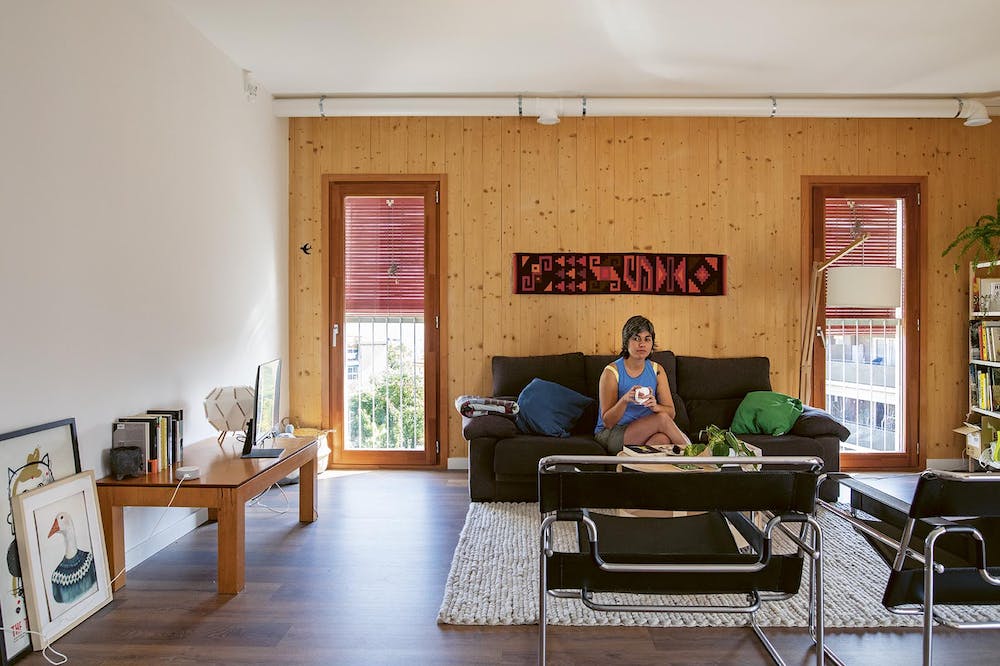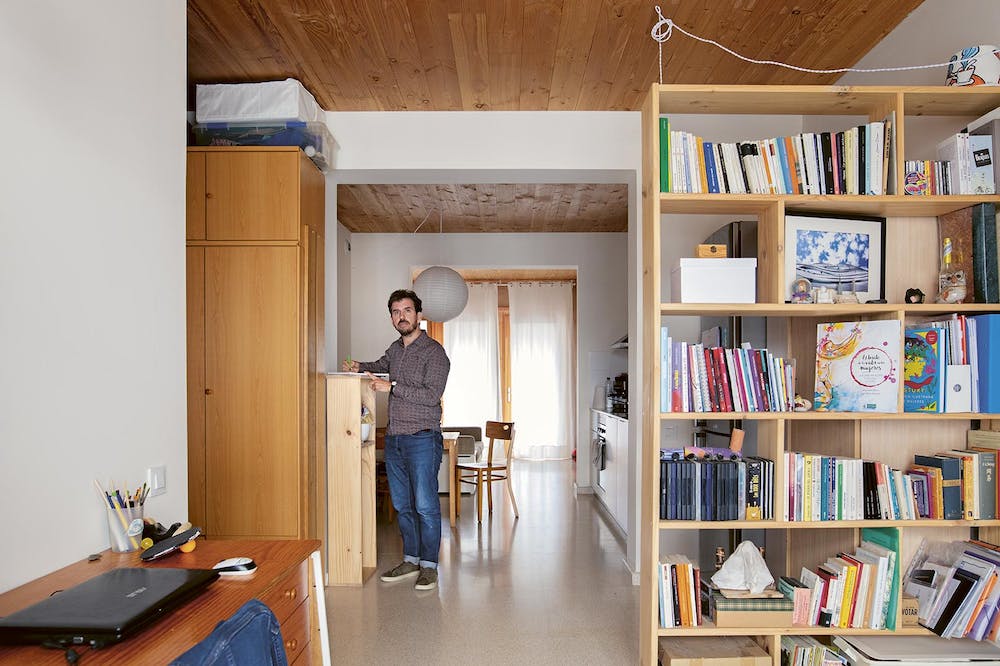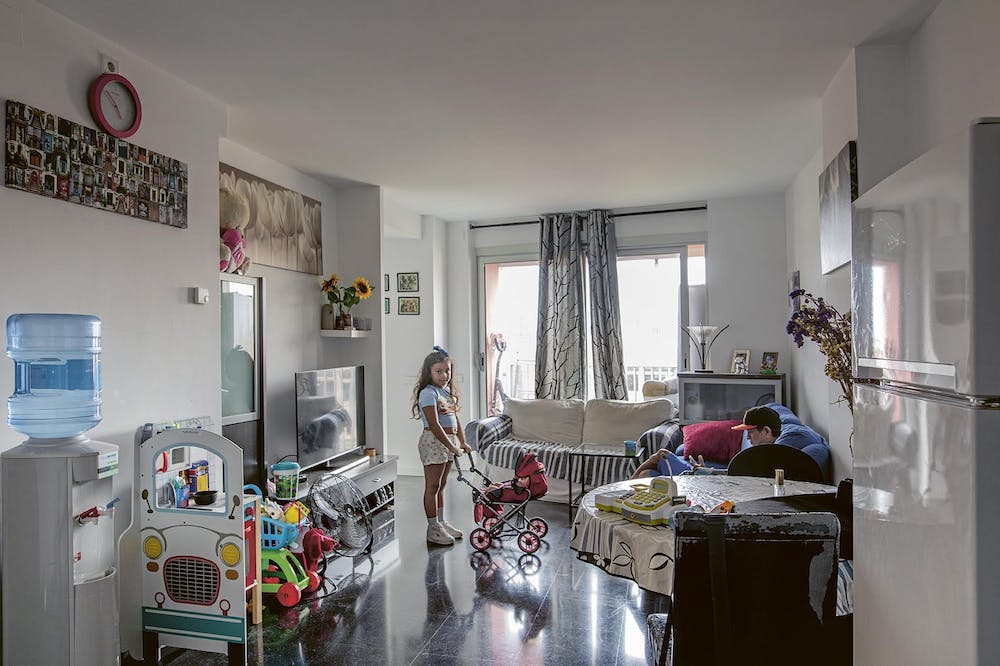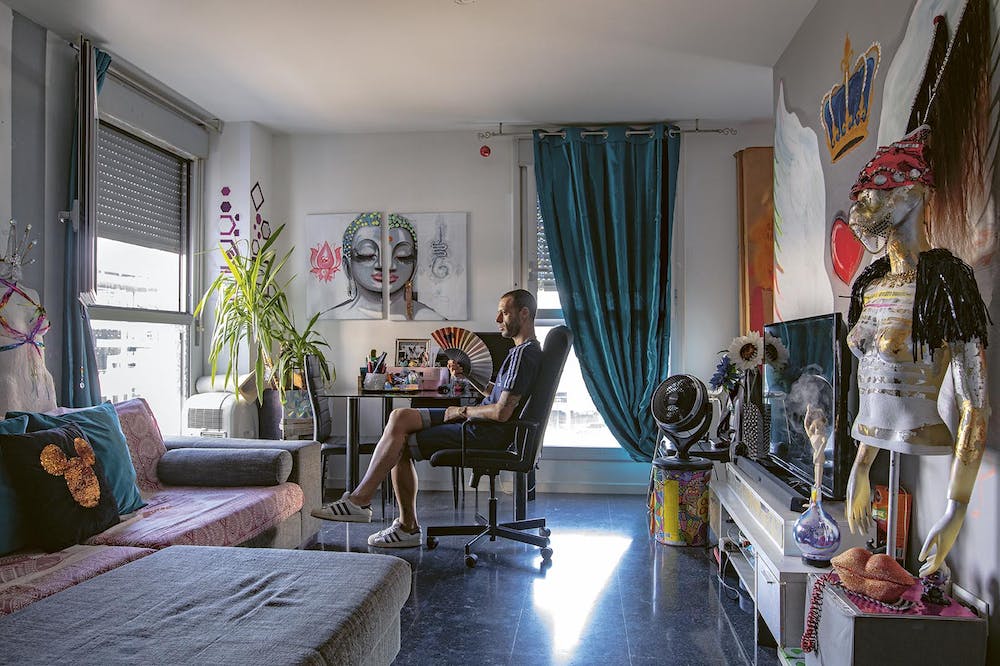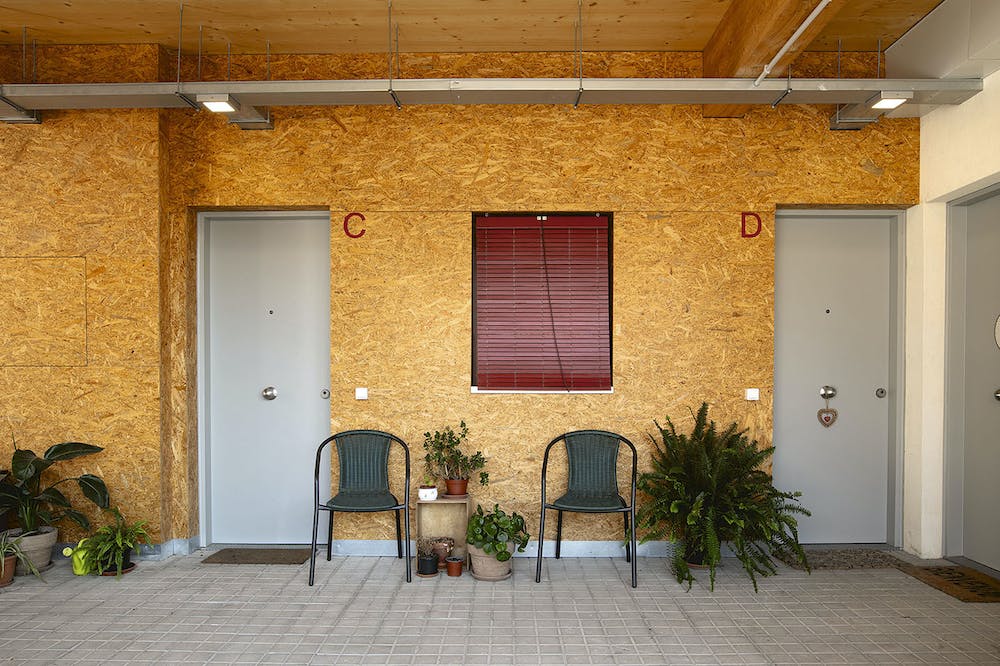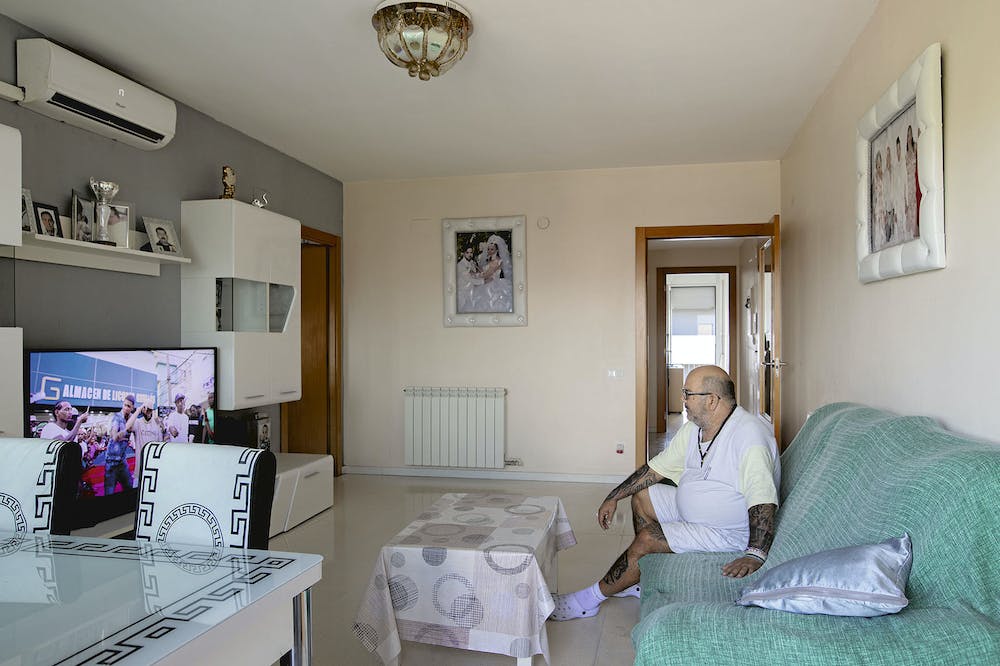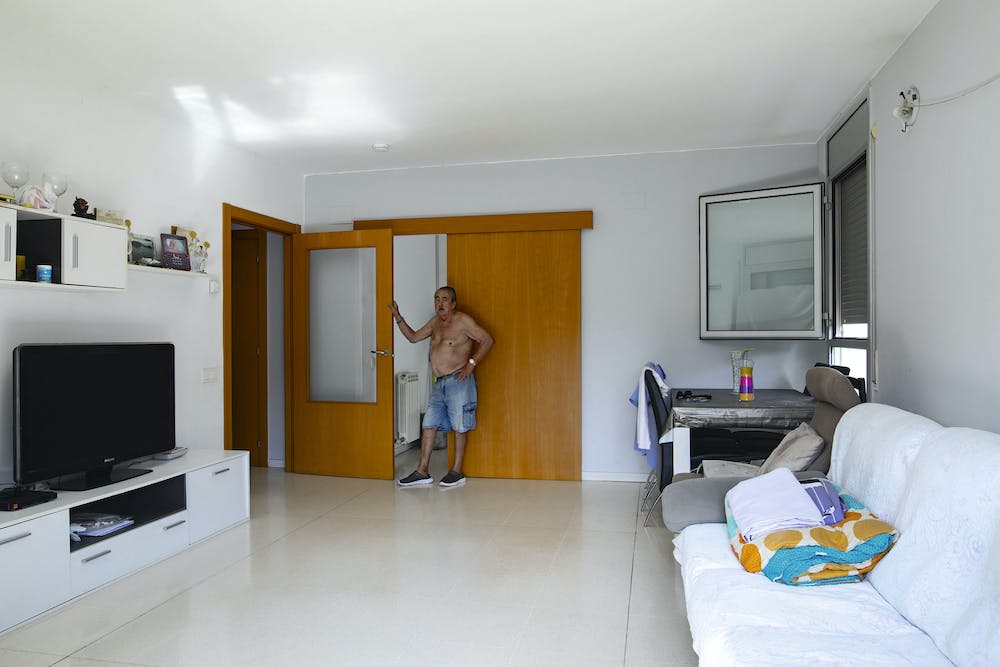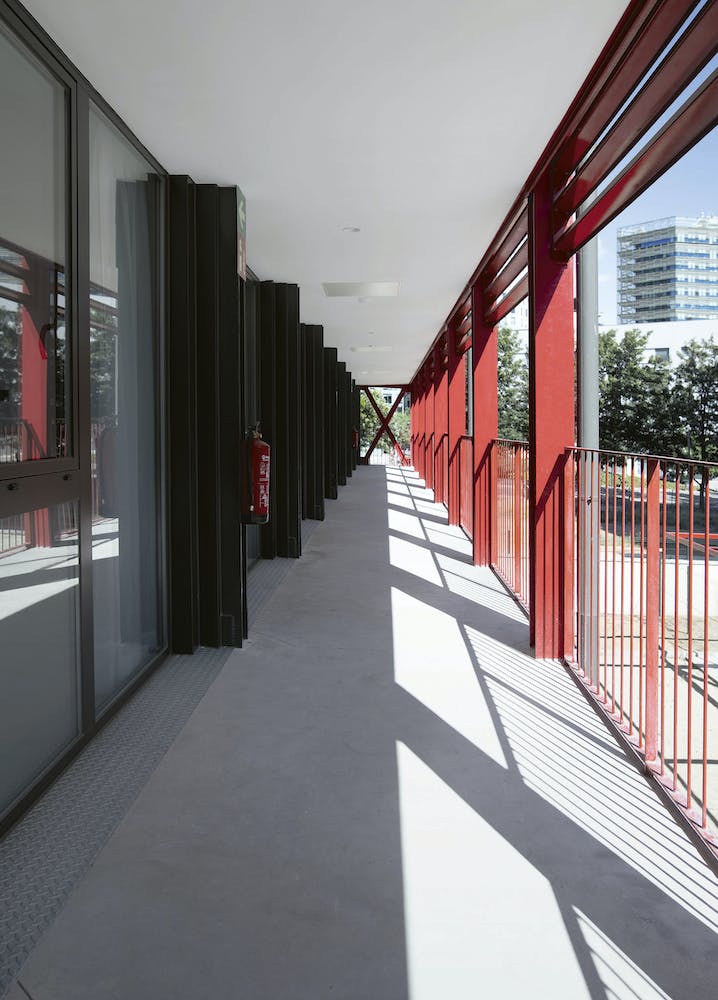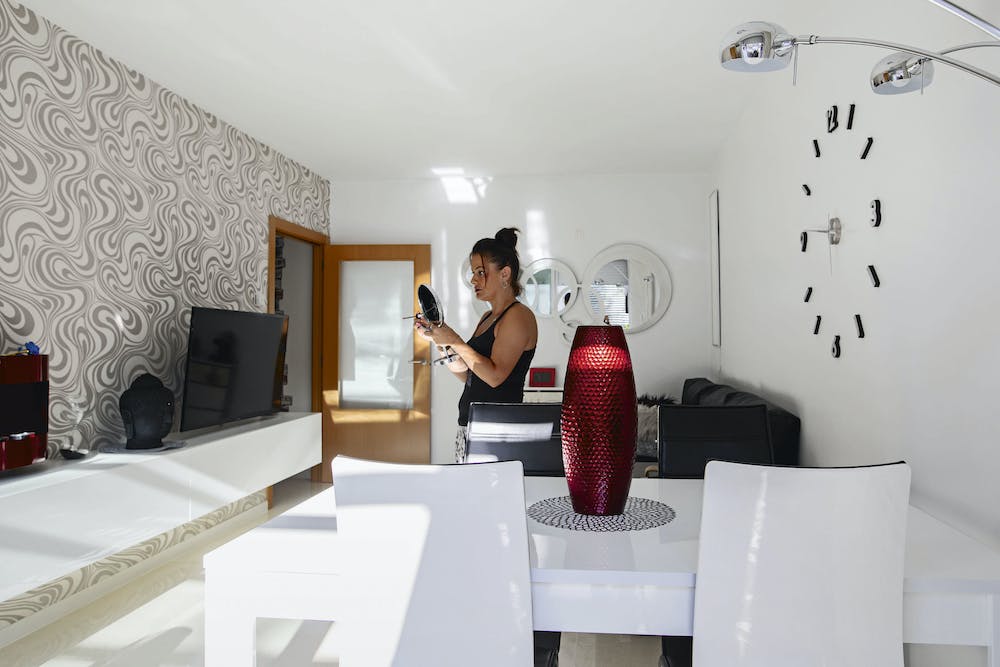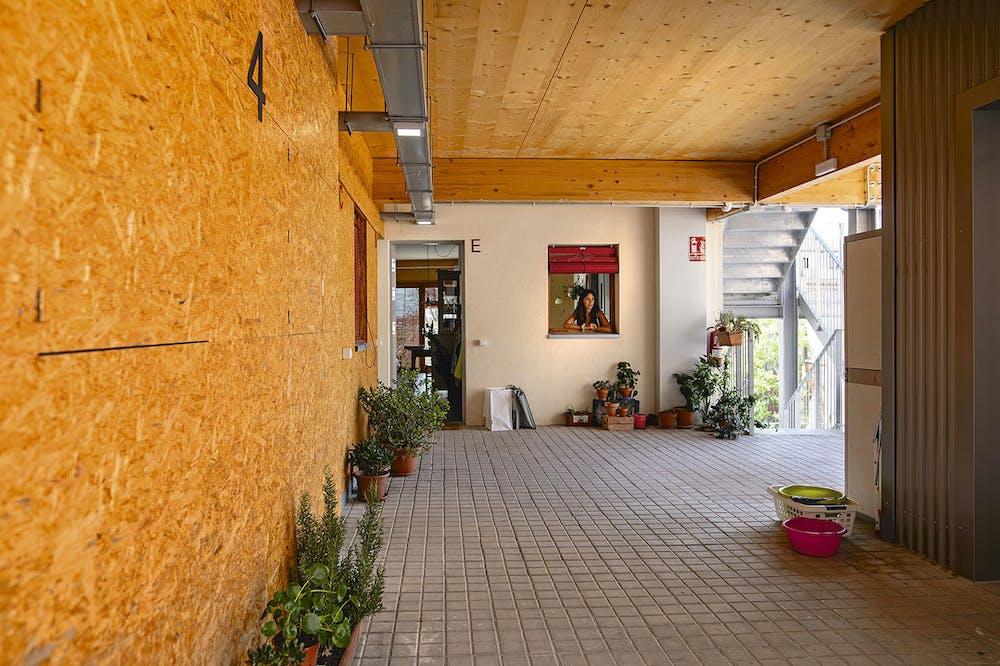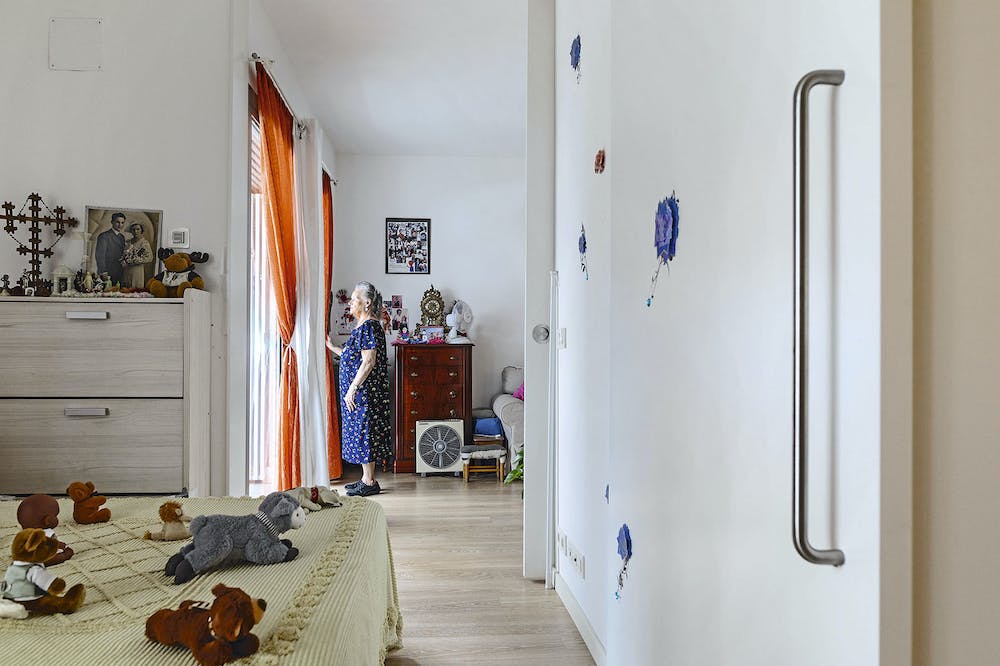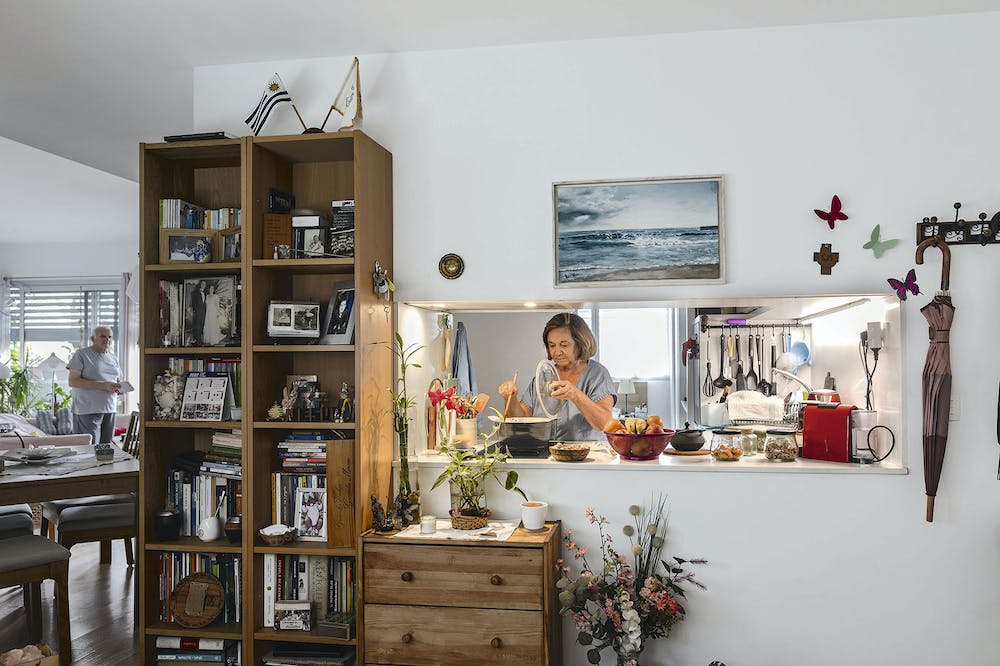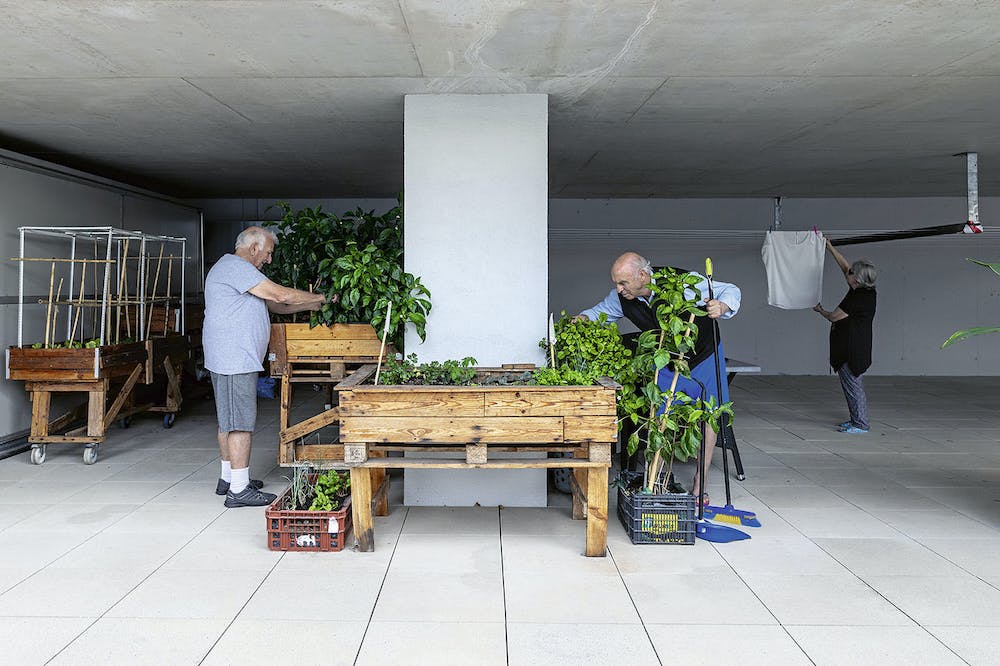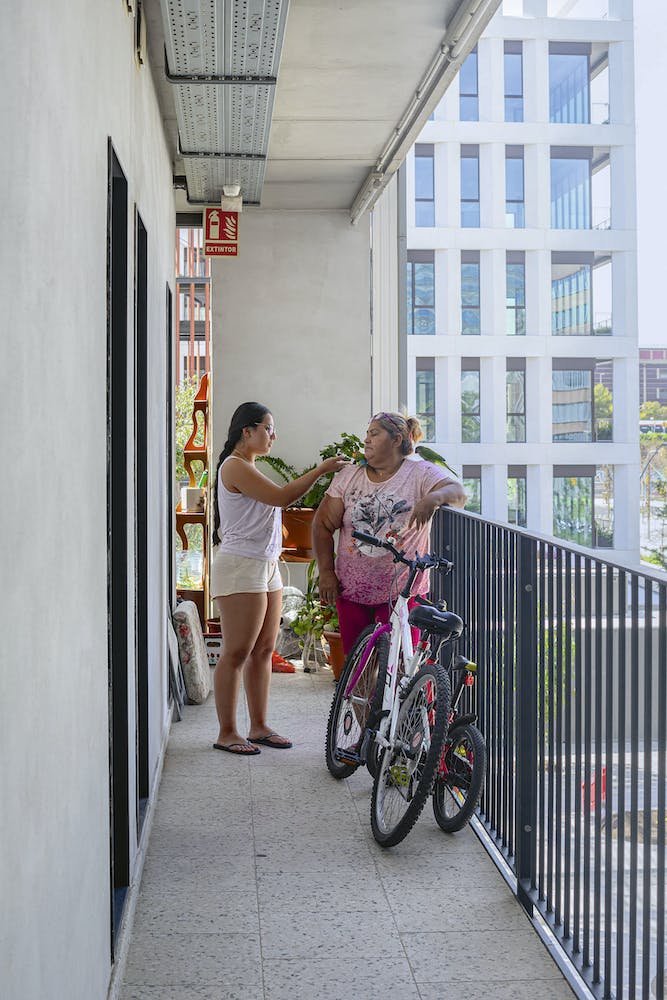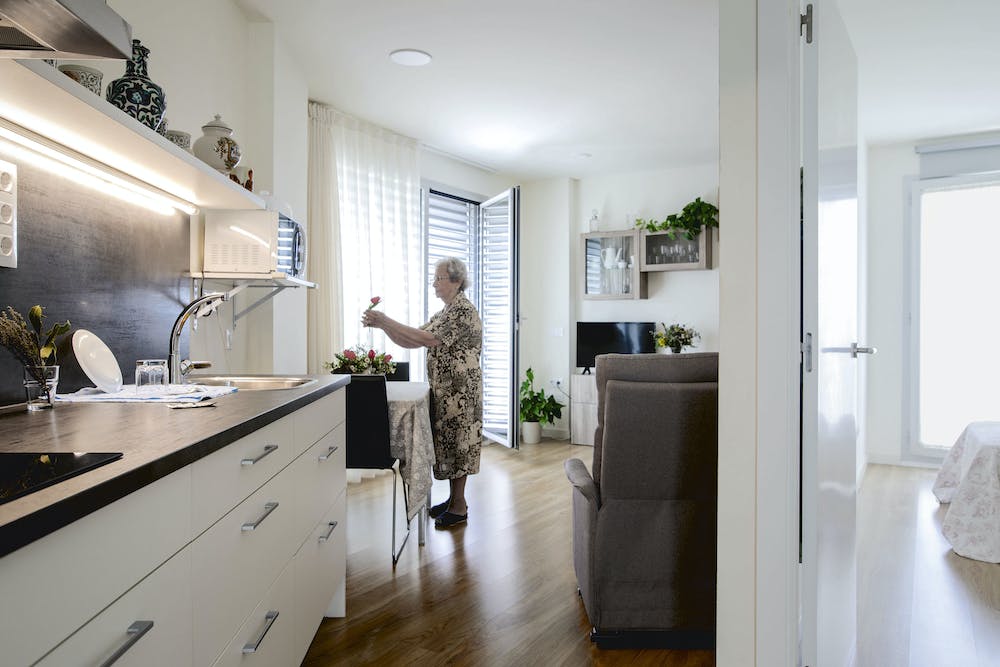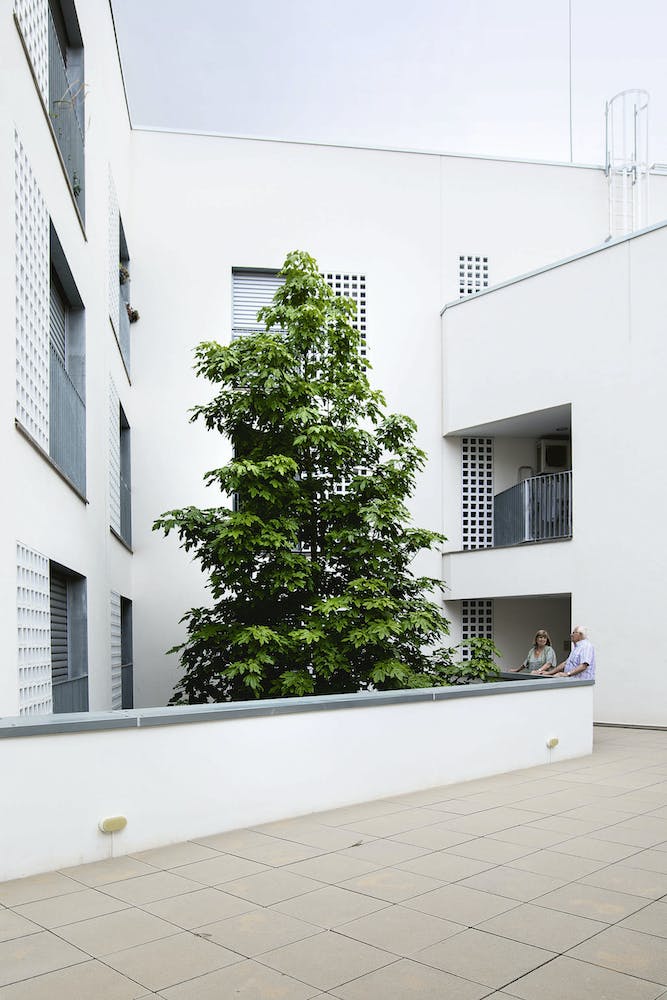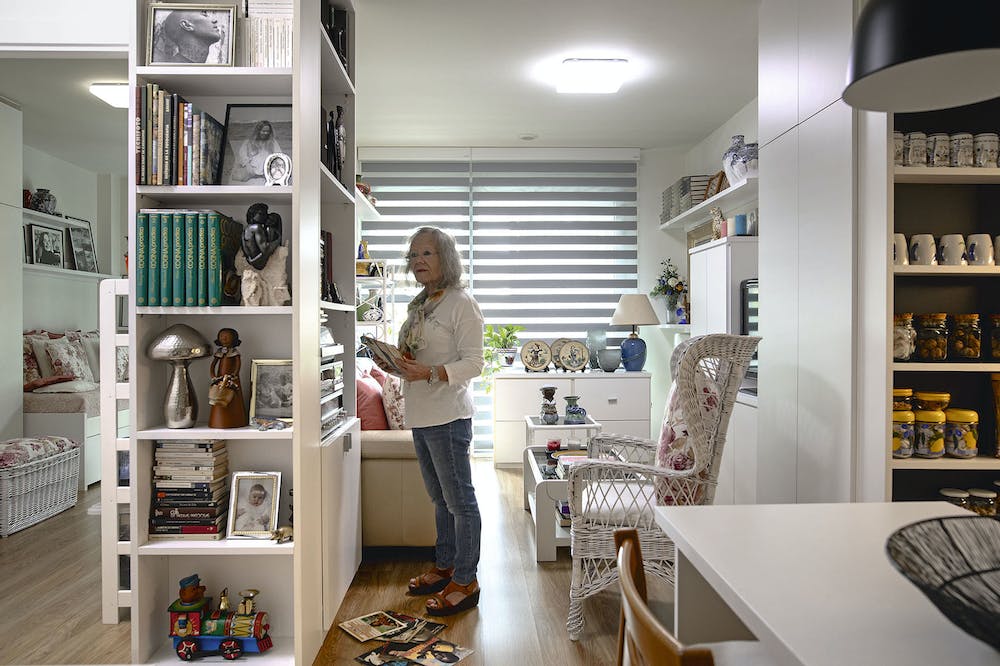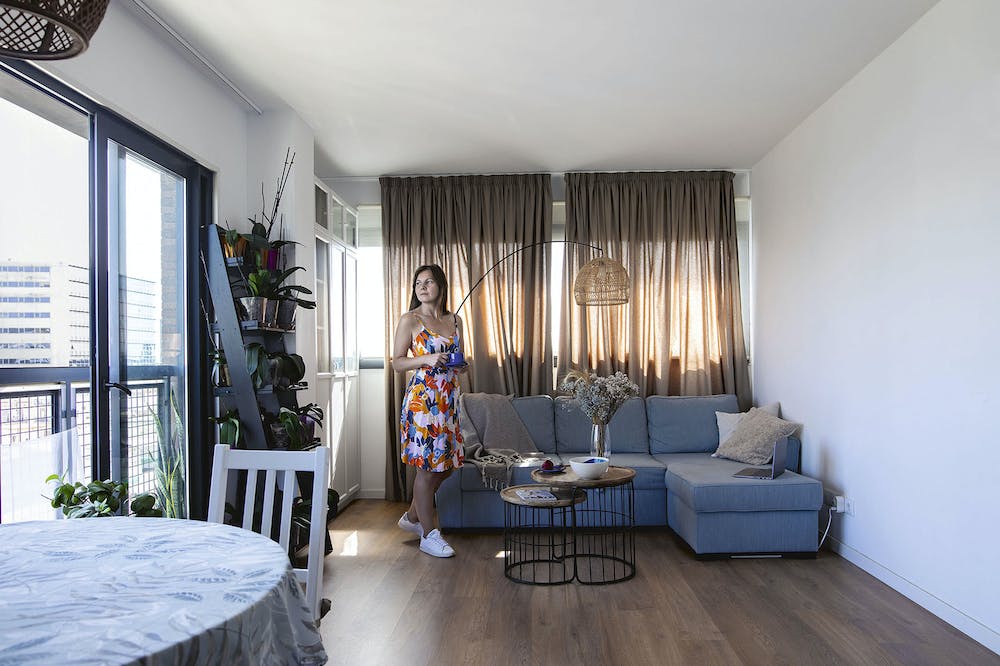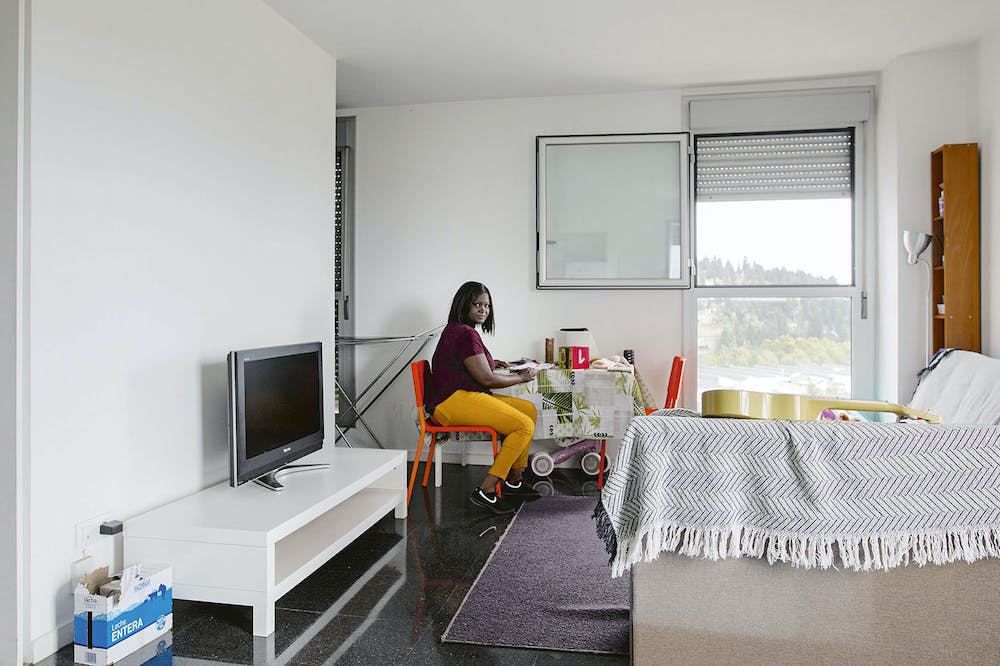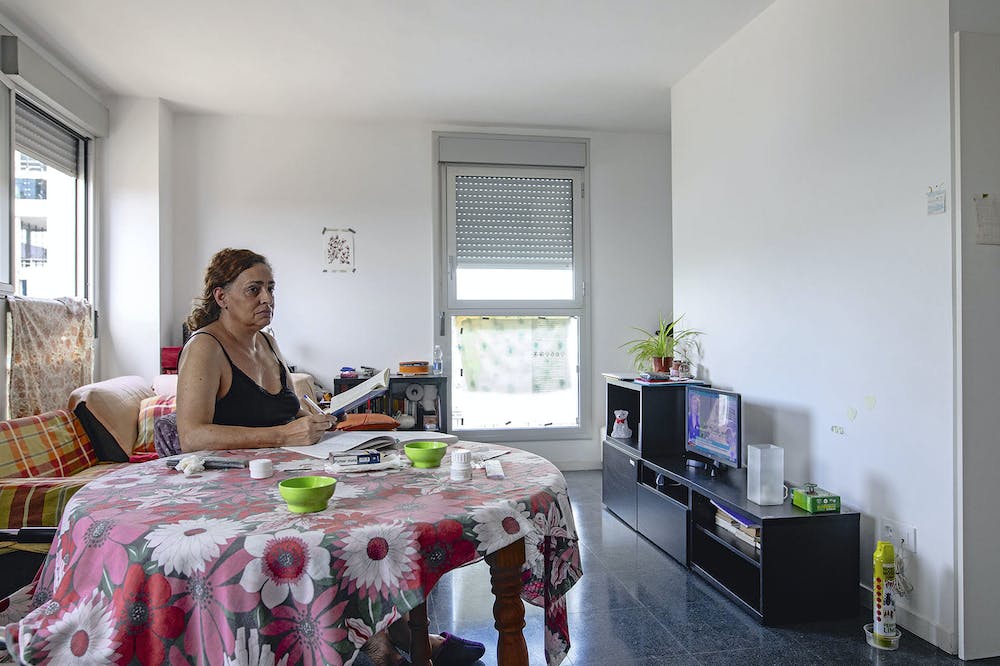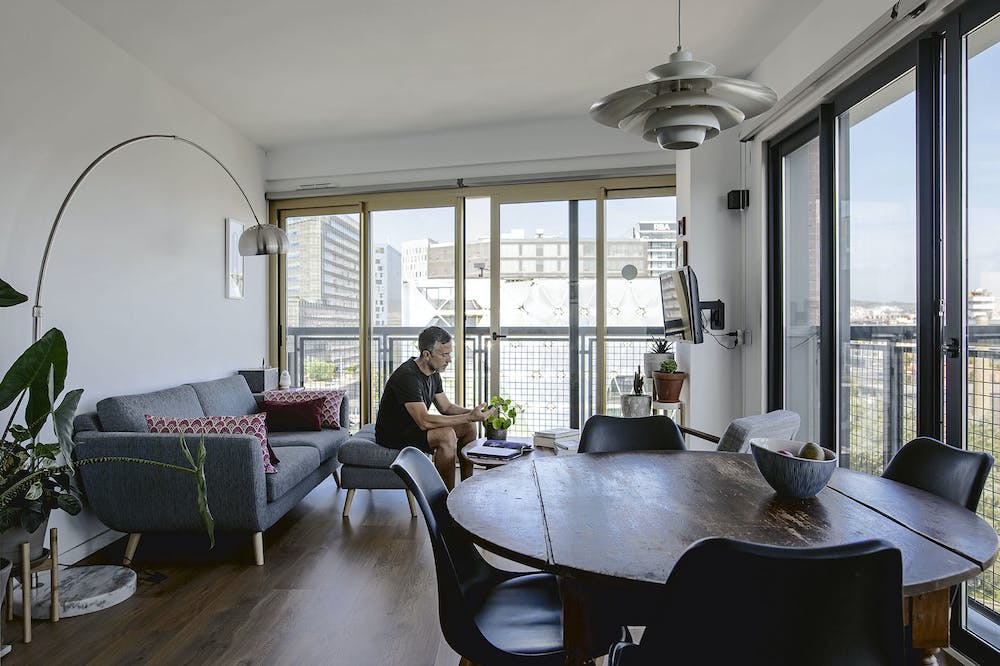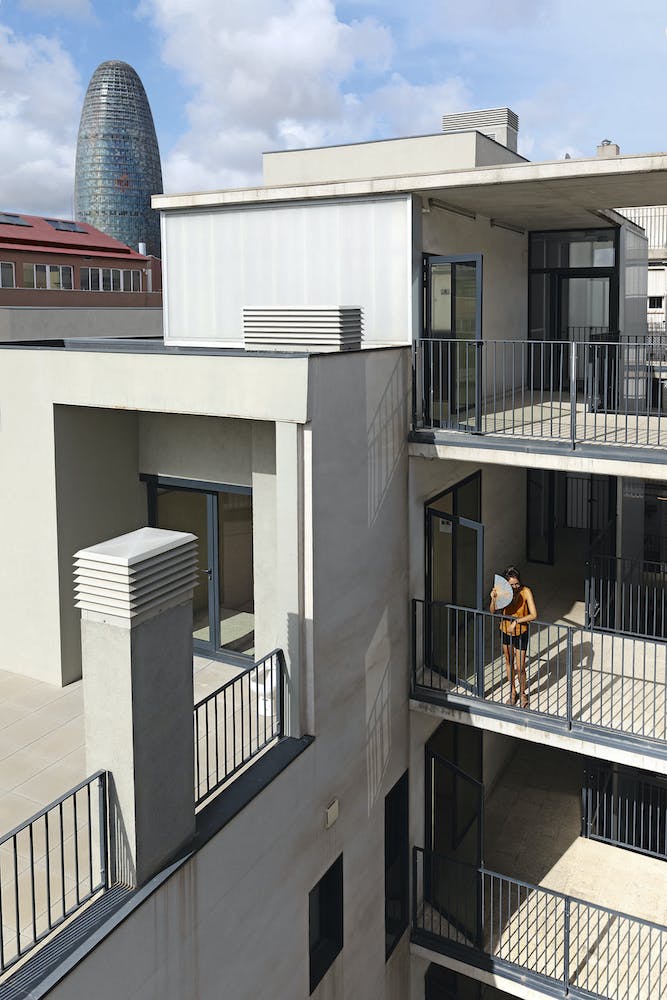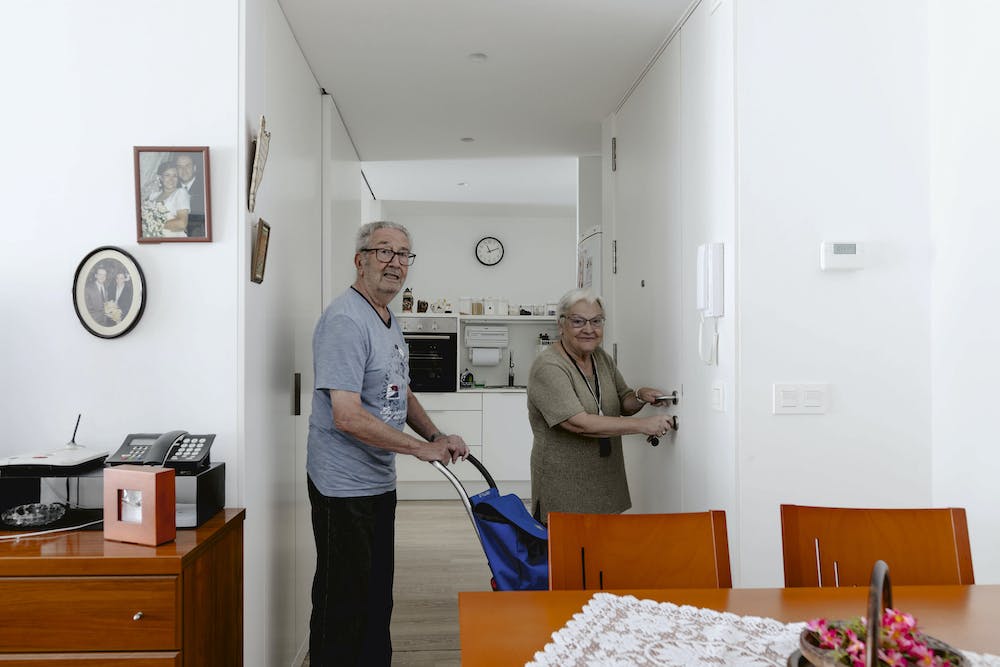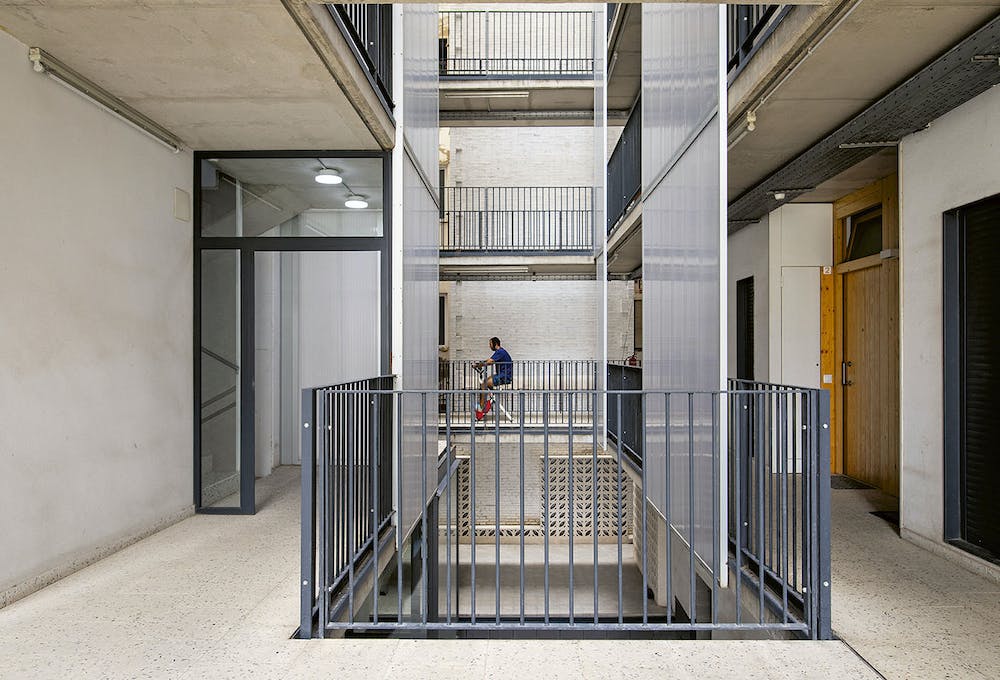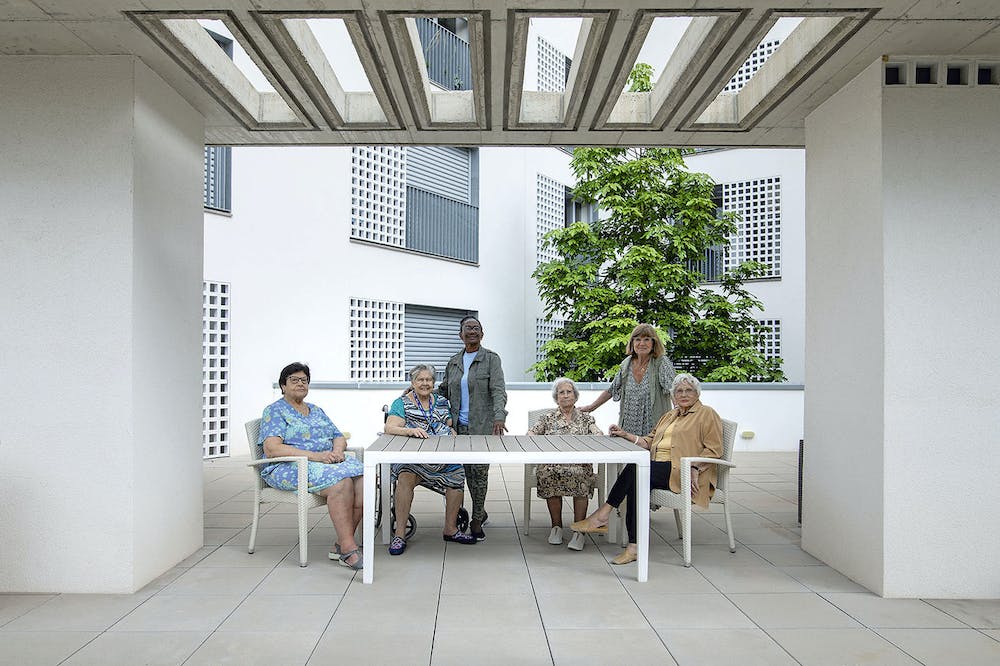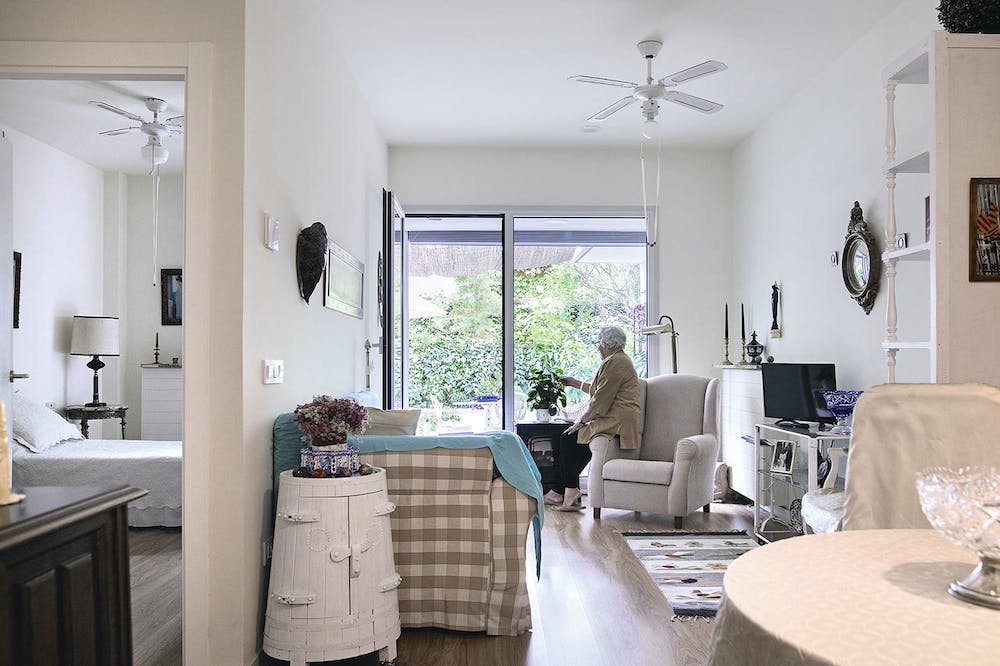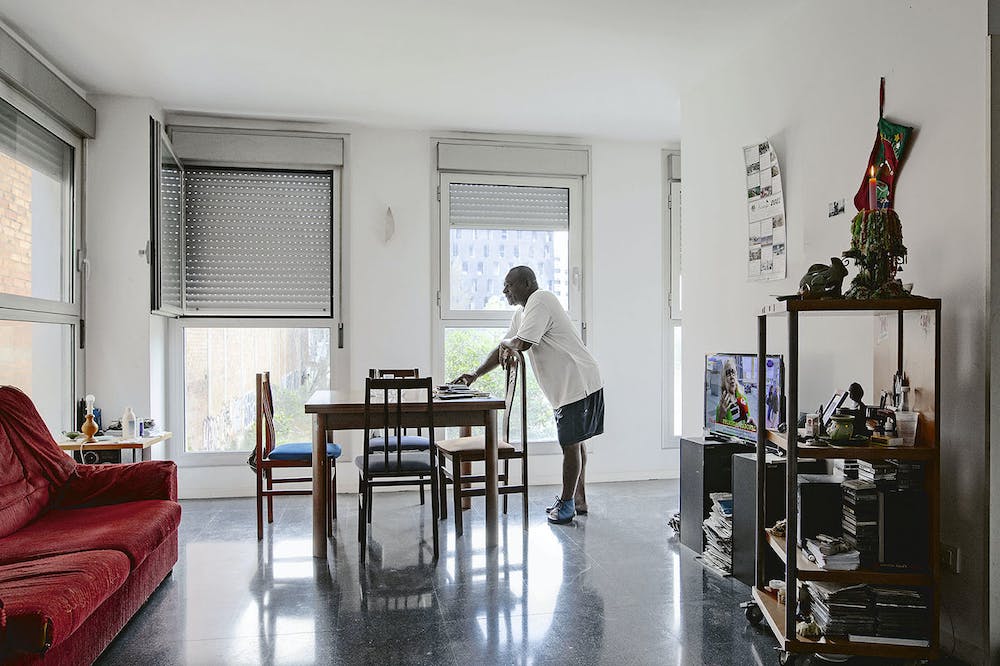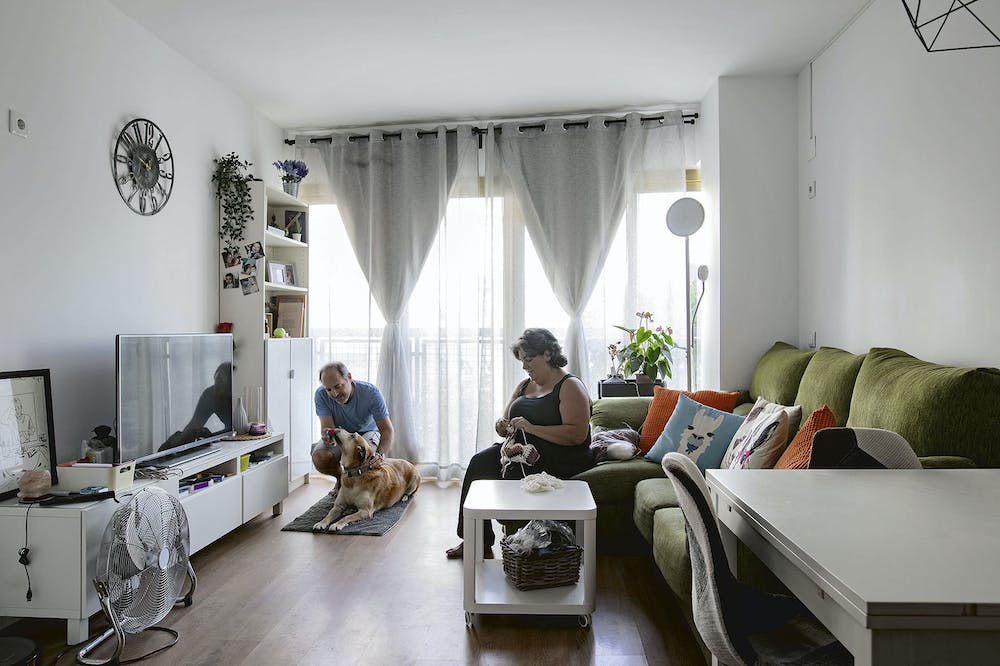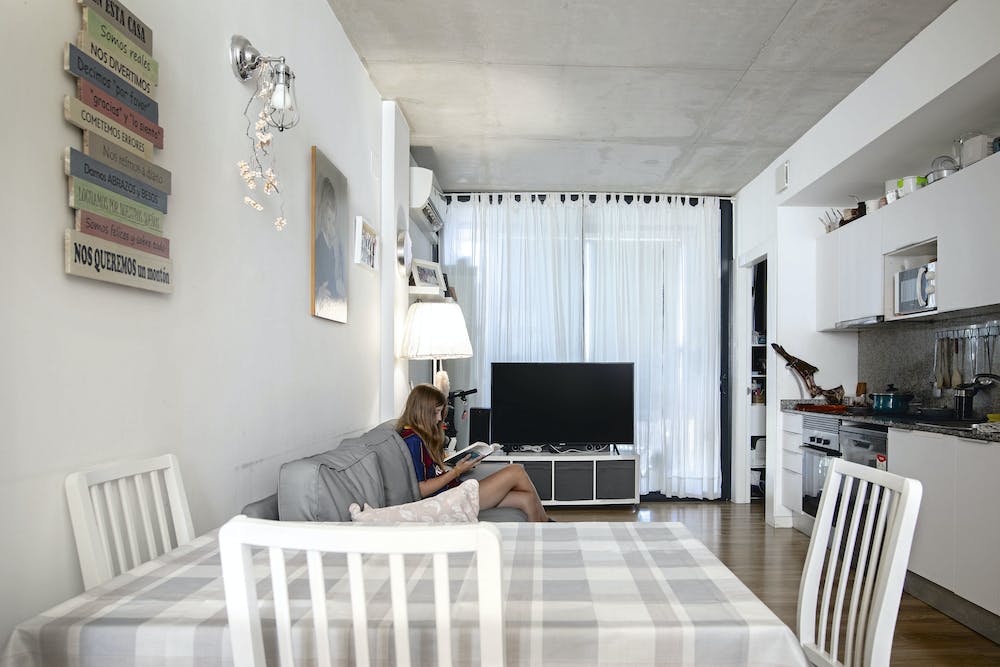Loading
[{"image":{"large":{"url":"https://images.prismic.io/surveybcn/mch_habitatges_gent_gran_glories_154.jpg?auto=compress,format&rect=0,0,1613,1075&w=1613&h=1075","localUrl":"/surveyfotografic/common/images/mch_habitatges_gent_gran_glories_154.jpg","width":1613,"height":1075},"scaled":{"url":"https://images.prismic.io/surveybcn/mch_habitatges_gent_gran_glories_154.jpg?auto=compress,format&rect=0,0,1613,1074&w=1000&h=666","localUrl":"/surveyfotografic/common/images/mch_habitatges_gent_gran_glories_154_s.jpg","width":1000,"height":666}},"project":{"meta":{"url":"/surveyfotografic/en/project/habitatges_gent_gran_glories_1"},"body":{"name":"Glòries I assisted housing complex for the elderly","address":"C/Ciutat de Granada, 145. Sant Martí"}}},{"image":{"large":{"url":"https://images.prismic.io/surveybcn/mch_glories-survey-bcn-2022-2286_160.jpg?auto=compress,format&rect=0,0,3734,2489&w=3734&h=2489","localUrl":"/surveyfotografic/common/images/mch_glories-survey-bcn-2022-2286_160.jpg","width":3734,"height":2489},"scaled":{"url":"https://images.prismic.io/surveybcn/mch_glories-survey-bcn-2022-2286_160.jpg?auto=compress,format&rect=0,0,3732,2489&w=1000&h=667","localUrl":"/surveyfotografic/common/images/mch_glories-survey-bcn-2022-2286_160_s.jpg","width":1000,"height":667}},"project":{"meta":{"url":"/surveyfotografic/en/project/habitatges_gent_gran_glories_1"},"body":{"name":"Glòries I assisted housing complex for the elderly","address":"C/Ciutat de Granada, 145. Sant Martí"}}},{"image":{"large":{"url":"https://images.prismic.io/surveybcn/mch_habitatges_gent_gran_glories_3_153.jpg?auto=compress,format&rect=0,0,1613,1075&w=1613&h=1075","localUrl":"/surveyfotografic/common/images/mch_habitatges_gent_gran_glories_3_153.jpg","width":1613,"height":1075},"scaled":{"url":"https://images.prismic.io/surveybcn/mch_habitatges_gent_gran_glories_3_153.jpg?auto=compress,format&rect=0,0,1613,1074&w=1000&h=666","localUrl":"/surveyfotografic/common/images/mch_habitatges_gent_gran_glories_3_153_s.jpg","width":1000,"height":666}},"project":{"meta":{"url":"/surveyfotografic/en/project/habitatges_gent_gran_glories_1"},"body":{"name":"Glòries I assisted housing complex for the elderly","address":"C/Ciutat de Granada, 145. Sant Martí"}}},{"image":{"large":{"url":"https://images.prismic.io/surveybcn/d5bba738-6b71-4d98-872d-adbf61703c73_mch_la_balma_224.jpg?auto=compress,format&rect=0,0,1613,1075&w=1613&h=1075","localUrl":"/surveyfotografic/common/images/d5bba738-6b71-4d98-872d-adbf61703c73_mch_la_balma_224.jpg","width":1613,"height":1075},"scaled":{"url":"https://images.prismic.io/surveybcn/d5bba738-6b71-4d98-872d-adbf61703c73_mch_la_balma_224.jpg?auto=compress,format&rect=0,0,1613,1074&w=1000&h=666","localUrl":"/surveyfotografic/common/images/d5bba738-6b71-4d98-872d-adbf61703c73_mch_la_balma_224_s.jpg","width":1000,"height":666}},"project":{"meta":{"url":"/surveyfotografic/en/project/habitatge_cooperatiu_la_balma"},"body":{"name":"La Balma cooperative housing","address":"C/Espronceda, 135. Sant Martí"}}},{"image":{"large":{"url":"https://images.prismic.io/surveybcn/mch_la_balma-2_225.jpg?auto=compress,format&rect=0,0,1613,1075&w=1613&h=1075","localUrl":"/surveyfotografic/common/images/mch_la_balma-2_225.jpg","width":1613,"height":1075},"scaled":{"url":"https://images.prismic.io/surveybcn/mch_la_balma-2_225.jpg?auto=compress,format&rect=0,0,1613,1074&w=1000&h=666","localUrl":"/surveyfotografic/common/images/mch_la_balma-2_225_s.jpg","width":1000,"height":666}},"project":{"meta":{"url":"/surveyfotografic/en/project/habitatge_cooperatiu_la_balma"},"body":{"name":"La Balma cooperative housing","address":"C/Espronceda, 135. Sant Martí"}}},{"image":{"large":{"url":"https://images.prismic.io/surveybcn/c4a6f396-4af3-453a-92c8-216794183061_MCH+casa-bloc.jpg?auto=compress,format&rect=0,0,1613,1075&w=1613&h=1075","localUrl":"/surveyfotografic/common/images/c4a6f396-4af3-453a-92c8-216794183061_MCH+casa-bloc.jpg","width":1613,"height":1075},"scaled":{"url":"https://images.prismic.io/surveybcn/c4a6f396-4af3-453a-92c8-216794183061_MCH+casa-bloc.jpg?auto=compress,format&rect=0,0,1613,1074&w=1000&h=666","localUrl":"/surveyfotografic/common/images/c4a6f396-4af3-453a-92c8-216794183061_MCH+casa-bloc_s.jpg","width":1000,"height":666}},"project":null},{"image":{"large":{"url":"https://images.prismic.io/surveybcn/mch_habitatges_bon_pastor_f1_189.jpg?auto=compress,format&rect=0,0,1613,1075&w=1613&h=1075","localUrl":"/surveyfotografic/common/images/mch_habitatges_bon_pastor_f1_189.jpg","width":1613,"height":1075},"scaled":{"url":"https://images.prismic.io/surveybcn/mch_habitatges_bon_pastor_f1_189.jpg?auto=compress,format&rect=0,0,1613,1074&w=1000&h=666","localUrl":"/surveyfotografic/common/images/mch_habitatges_bon_pastor_f1_189_s.jpg","width":1000,"height":666}},"project":{"meta":{"url":"/surveyfotografic/en/project/habitatges_bon_pastor_f1"},"body":{"name":"Bon Pastor F1 housing complex","address":"C/Biosca, 15. Sant Andreu"}}},{"image":{"large":{"url":"https://images.prismic.io/surveybcn/mch_habitatge_social_tanger_140.jpg?auto=compress,format&rect=0,0,1613,1075&w=1613&h=1075","localUrl":"/surveyfotografic/common/images/mch_habitatge_social_tanger_140.jpg","width":1613,"height":1075},"scaled":{"url":"https://images.prismic.io/surveybcn/mch_habitatge_social_tanger_140.jpg?auto=compress,format&rect=0,0,1613,1074&w=1000&h=666","localUrl":"/surveyfotografic/common/images/mch_habitatge_social_tanger_140_s.jpg","width":1000,"height":666}},"project":{"meta":{"url":"/surveyfotografic/en/project/habitatges_socials_tanger"},"body":{"name":"Tànger social housing complex","address":"C/Tànger, 40. Sant Martí"}}},{"image":{"large":{"url":"https://images.prismic.io/surveybcn/mch_habitatge_social_tanger_03_142.jpg?auto=compress,format&rect=0,0,1613,1075&w=1613&h=1075","localUrl":"/surveyfotografic/common/images/mch_habitatge_social_tanger_03_142.jpg","width":1613,"height":1075},"scaled":{"url":"https://images.prismic.io/surveybcn/mch_habitatge_social_tanger_03_142.jpg?auto=compress,format&rect=0,0,1613,1074&w=1000&h=666","localUrl":"/surveyfotografic/common/images/mch_habitatge_social_tanger_03_142_s.jpg","width":1000,"height":666}},"project":{"meta":{"url":"/surveyfotografic/en/project/habitatges_socials_tanger"},"body":{"name":"Tànger social housing complex","address":"C/Tànger, 40. Sant Martí"}}},{"image":{"large":{"url":"https://images.prismic.io/surveybcn/mch_habitatge_social_tanger_02_141.jpg?auto=compress,format&rect=0,0,1414,1075&w=1414&h=1075","localUrl":"/surveyfotografic/common/images/mch_habitatge_social_tanger_02_141.jpg","width":1414,"height":1075},"scaled":{"url":"https://images.prismic.io/surveybcn/mch_habitatge_social_tanger_02_141.jpg?auto=compress,format&rect=0,0,1414,1075&w=1000&h=760","localUrl":"/surveyfotografic/common/images/mch_habitatge_social_tanger_02_141_s.jpg","width":1000,"height":760}},"project":{"meta":{"url":"/surveyfotografic/en/project/habitatges_socials_tanger"},"body":{"name":"Tànger social housing complex","address":"C/Tànger, 40. Sant Martí"}}},{"image":{"large":{"url":"https://images.prismic.io/surveybcn/mch_habitatge_social_tanger_04_143.jpg?auto=compress,format&rect=0,0,1455,1075&w=1455&h=1075","localUrl":"/surveyfotografic/common/images/mch_habitatge_social_tanger_04_143.jpg","width":1455,"height":1075},"scaled":{"url":"https://images.prismic.io/surveybcn/mch_habitatge_social_tanger_04_143.jpg?auto=compress,format&rect=0,0,1455,1075&w=1000&h=739","localUrl":"/surveyfotografic/common/images/mch_habitatge_social_tanger_04_143_s.jpg","width":1000,"height":739}},"project":{"meta":{"url":"/surveyfotografic/en/project/habitatges_socials_tanger"},"body":{"name":"Tànger social housing complex","address":"C/Tànger, 40. Sant Martí"}}},{"image":{"large":{"url":"https://images.prismic.io/surveybcn/mch_habitatge_social_tanger_95_144.jpg?auto=compress,format&rect=0,0,1512,1035&w=1512&h=1035","localUrl":"/surveyfotografic/common/images/mch_habitatge_social_tanger_95_144.jpg","width":1512,"height":1035},"scaled":{"url":"https://images.prismic.io/surveybcn/mch_habitatge_social_tanger_95_144.jpg?auto=compress,format&rect=0,0,1511,1035&w=1000&h=685","localUrl":"/surveyfotografic/common/images/mch_habitatge_social_tanger_95_144_s.jpg","width":1000,"height":685}},"project":{"meta":{"url":"/surveyfotografic/en/project/habitatges_socials_tanger"},"body":{"name":"Tànger social housing complex","address":"C/Tànger, 40. Sant Martí"}}},{"image":{"large":{"url":"https://images.prismic.io/surveybcn/mch_els_cirerers_212.jpg?auto=compress,format&rect=0,0,1613,1075&w=1613&h=1075","localUrl":"/surveyfotografic/common/images/mch_els_cirerers_212.jpg","width":1613,"height":1075},"scaled":{"url":"https://images.prismic.io/surveybcn/mch_els_cirerers_212.jpg?auto=compress,format&rect=0,0,1613,1074&w=1000&h=666","localUrl":"/surveyfotografic/common/images/mch_els_cirerers_212_s.jpg","width":1000,"height":666}},"project":{"meta":{"url":"/surveyfotografic/en/project/habitatge_cooperatiu_els_cirerers"},"body":{"name":"Els Cirerers cooperative housing","address":"C/Pla dels Cirerers, 2-4. Nou Barris"}}},{"image":{"large":{"url":"https://images.prismic.io/surveybcn/mch_la_balma_3_226.jpg?auto=compress,format&rect=0,0,1613,1075&w=1613&h=1075","localUrl":"/surveyfotografic/common/images/mch_la_balma_3_226.jpg","width":1613,"height":1075},"scaled":{"url":"https://images.prismic.io/surveybcn/mch_la_balma_3_226.jpg?auto=compress,format&rect=0,0,1613,1074&w=1000&h=666","localUrl":"/surveyfotografic/common/images/mch_la_balma_3_226_s.jpg","width":1000,"height":666}},"project":{"meta":{"url":"/surveyfotografic/en/project/habitatge_cooperatiu_la_balma"},"body":{"name":"La Balma cooperative housing","address":"C/Espronceda, 135. Sant Martí"}}},{"image":{"large":{"url":"https://images.prismic.io/surveybcn/mch_ca_l_isidret_165.jpg?auto=compress,format&rect=0,0,1613,1075&w=1613&h=1075","localUrl":"/surveyfotografic/common/images/mch_ca_l_isidret_165.jpg","width":1613,"height":1075},"scaled":{"url":"https://images.prismic.io/surveybcn/mch_ca_l_isidret_165.jpg?auto=compress,format&rect=0,0,1613,1074&w=1000&h=666","localUrl":"/surveyfotografic/common/images/mch_ca_l_isidret_165_s.jpg","width":1000,"height":666}},"project":{"meta":{"url":"/surveyfotografic/en/project/ca_lisidret"},"body":{"name":"Ca l’Isidret","address":"Camí de Ca l’Isidret and c/Paraguai, c/Josep Pla and c/Pere IV. Sant Martí"}}},{"image":{"large":{"url":"https://images.prismic.io/surveybcn/mch_encuny_7_197.jpg?auto=compress,format&rect=0,0,1613,1075&w=1613&h=1075","localUrl":"/surveyfotografic/common/images/mch_encuny_7_197.jpg","width":1613,"height":1075},"scaled":{"url":"https://images.prismic.io/surveybcn/mch_encuny_7_197.jpg?auto=compress,format&rect=0,0,1613,1074&w=1000&h=666","localUrl":"/surveyfotografic/common/images/mch_encuny_7_197_s.jpg","width":1000,"height":666}},"project":{"meta":{"url":"/surveyfotografic/en/project/habitatges_encuny"},"body":{"name":"Encuny 7 housing block","address":"C/Encuny, 7. Sants-Montjuïc"}}},{"image":{"large":{"url":"https://images.prismic.io/surveybcn/mch_can-fabra-survey-bcn-2022-_131.jpg?auto=compress,format&rect=0,0,1434,955&w=1434&h=955","localUrl":"/surveyfotografic/common/images/mch_can-fabra-survey-bcn-2022-_131.jpg","width":1434,"height":955},"scaled":{"url":"https://images.prismic.io/surveybcn/mch_can-fabra-survey-bcn-2022-_131.jpg?auto=compress,format&rect=0,0,1434,955&w=1000&h=666","localUrl":"/surveyfotografic/common/images/mch_can-fabra-survey-bcn-2022-_131_s.jpg","width":1000,"height":666}},"project":{"meta":{"url":"/surveyfotografic/en/project/habitatges_joves_can_fabra"},"body":{"name":"Can Fabra housing complex for young people","address":"C/Sant Adrià, 20. Sant Andreu"}}},{"image":{"large":{"url":"https://images.prismic.io/surveybcn/mch_cirerers-survey-bcn-2022-1065_215.jpg?auto=compress,format&rect=0,0,1792,1194&w=1792&h=1194","localUrl":"/surveyfotografic/common/images/mch_cirerers-survey-bcn-2022-1065_215.jpg","width":1792,"height":1194},"scaled":{"url":"https://images.prismic.io/surveybcn/mch_cirerers-survey-bcn-2022-1065_215.jpg?auto=compress,format&rect=0,0,1792,1193&w=1000&h=666","localUrl":"/surveyfotografic/common/images/mch_cirerers-survey-bcn-2022-1065_215_s.jpg","width":1000,"height":666}},"project":{"meta":{"url":"/surveyfotografic/en/project/habitatge_cooperatiu_els_cirerers"},"body":{"name":"Els Cirerers cooperative housing","address":"C/Pla dels Cirerers, 2-4. Nou Barris"}}},{"image":{"large":{"url":"https://images.prismic.io/surveybcn/mch_can-fabra-survey-bcn-2022-9642_135.jpg?auto=compress,format&rect=0,0,3734,2489&w=3734&h=2489","localUrl":"/surveyfotografic/common/images/mch_can-fabra-survey-bcn-2022-9642_135.jpg","width":3734,"height":2489},"scaled":{"url":"https://images.prismic.io/surveybcn/mch_can-fabra-survey-bcn-2022-9642_135.jpg?auto=compress,format&rect=0,0,3732,2489&w=1000&h=667","localUrl":"/surveyfotografic/common/images/mch_can-fabra-survey-bcn-2022-9642_135_s.jpg","width":1000,"height":667}},"project":{"meta":{"url":"/surveyfotografic/en/project/habitatges_joves_can_fabra"},"body":{"name":"Can Fabra housing complex for young people","address":"C/Sant Adrià, 20. Sant Andreu"}}},{"image":{"large":{"url":"https://images.prismic.io/surveybcn/mch_cirerers-survey-bcn-2022-1144_216.jpg?auto=compress,format&rect=0,0,1434,955&w=1434&h=955","localUrl":"/surveyfotografic/common/images/mch_cirerers-survey-bcn-2022-1144_216.jpg","width":1434,"height":955},"scaled":{"url":"https://images.prismic.io/surveybcn/mch_cirerers-survey-bcn-2022-1144_216.jpg?auto=compress,format&rect=0,0,1434,955&w=1000&h=666","localUrl":"/surveyfotografic/common/images/mch_cirerers-survey-bcn-2022-1144_216_s.jpg","width":1000,"height":666}},"project":{"meta":{"url":"/surveyfotografic/en/project/habitatge_cooperatiu_els_cirerers"},"body":{"name":"Els Cirerers cooperative housing","address":"C/Pla dels Cirerers, 2-4. Nou Barris"}}},{"image":{"large":{"url":"https://images.prismic.io/surveybcn/mch_cirerers-survey-bcn-2022-1197_217.jpg?auto=compress,format&rect=0,0,1434,955&w=1434&h=955","localUrl":"/surveyfotografic/common/images/mch_cirerers-survey-bcn-2022-1197_217.jpg","width":1434,"height":955},"scaled":{"url":"https://images.prismic.io/surveybcn/mch_cirerers-survey-bcn-2022-1197_217.jpg?auto=compress,format&rect=0,0,1434,955&w=1000&h=666","localUrl":"/surveyfotografic/common/images/mch_cirerers-survey-bcn-2022-1197_217_s.jpg","width":1000,"height":666}},"project":{"meta":{"url":"/surveyfotografic/en/project/habitatge_cooperatiu_els_cirerers"},"body":{"name":"Els Cirerers cooperative housing","address":"C/Pla dels Cirerers, 2-4. Nou Barris"}}},{"image":{"large":{"url":"https://images.prismic.io/surveybcn/mch_cirerers-survey-bcn-2022-0667_213.jpg?auto=compress,format&rect=0,0,1792,1194&w=1792&h=1194","localUrl":"/surveyfotografic/common/images/mch_cirerers-survey-bcn-2022-0667_213.jpg","width":1792,"height":1194},"scaled":{"url":"https://images.prismic.io/surveybcn/mch_cirerers-survey-bcn-2022-0667_213.jpg?auto=compress,format&rect=0,0,1792,1193&w=1000&h=666","localUrl":"/surveyfotografic/common/images/mch_cirerers-survey-bcn-2022-0667_213_s.jpg","width":1000,"height":666}},"project":{"meta":{"url":"/surveyfotografic/en/project/habitatge_cooperatiu_els_cirerers"},"body":{"name":"Els Cirerers cooperative housing","address":"C/Pla dels Cirerers, 2-4. Nou Barris"}}},{"image":{"large":{"url":"https://images.prismic.io/surveybcn/mch_bon-pastor-survey-bcn-2022-0037_190.jpg?auto=compress,format&rect=0,0,1792,1194&w=1792&h=1194","localUrl":"/surveyfotografic/common/images/mch_bon-pastor-survey-bcn-2022-0037_190.jpg","width":1792,"height":1194},"scaled":{"url":"https://images.prismic.io/surveybcn/mch_bon-pastor-survey-bcn-2022-0037_190.jpg?auto=compress,format&rect=0,0,1792,1193&w=1000&h=666","localUrl":"/surveyfotografic/common/images/mch_bon-pastor-survey-bcn-2022-0037_190_s.jpg","width":1000,"height":666}},"project":{"meta":{"url":"/surveyfotografic/en/project/habitatges_bon_pastor_f1"},"body":{"name":"Bon Pastor F1 housing complex","address":"C/Biosca, 15. Sant Andreu"}}},{"image":{"large":{"url":"https://images.prismic.io/surveybcn/mch_bon-pastor-survey-bcn-2022-0060_191.jpg?auto=compress,format&rect=0,0,3734,2489&w=3734&h=2489","localUrl":"/surveyfotografic/common/images/mch_bon-pastor-survey-bcn-2022-0060_191.jpg","width":3734,"height":2489},"scaled":{"url":"https://images.prismic.io/surveybcn/mch_bon-pastor-survey-bcn-2022-0060_191.jpg?auto=compress,format&rect=0,0,3732,2489&w=1000&h=667","localUrl":"/surveyfotografic/common/images/mch_bon-pastor-survey-bcn-2022-0060_191_s.jpg","width":1000,"height":667}},"project":{"meta":{"url":"/surveyfotografic/en/project/habitatges_bon_pastor_f1"},"body":{"name":"Bon Pastor F1 housing complex","address":"C/Biosca, 15. Sant Andreu"}}},{"image":{"large":{"url":"https://images.prismic.io/surveybcn/mch_can-fabra-survey-bcn-2022-9467_132.jpg?auto=compress,format&rect=0,0,1792,1194&w=1792&h=1194","localUrl":"/surveyfotografic/common/images/mch_can-fabra-survey-bcn-2022-9467_132.jpg","width":1792,"height":1194},"scaled":{"url":"https://images.prismic.io/surveybcn/mch_can-fabra-survey-bcn-2022-9467_132.jpg?auto=compress,format&rect=0,0,1792,1193&w=1000&h=666","localUrl":"/surveyfotografic/common/images/mch_can-fabra-survey-bcn-2022-9467_132_s.jpg","width":1000,"height":666}},"project":{"meta":{"url":"/surveyfotografic/en/project/habitatges_joves_can_fabra"},"body":{"name":"Can Fabra housing complex for young people","address":"C/Sant Adrià, 20. Sant Andreu"}}},{"image":{"large":{"url":"https://images.prismic.io/surveybcn/mch_aprop-glories-survey-bcn-2022-2139_155.jpg?auto=compress,format&rect=0,0,1786,2489&w=1786&h=2489","localUrl":"/surveyfotografic/common/images/mch_aprop-glories-survey-bcn-2022-2139_155.jpg","width":1786,"height":2489},"scaled":{"url":"https://images.prismic.io/surveybcn/mch_aprop-glories-survey-bcn-2022-2139_155.jpg?auto=compress,format&rect=0,0,1786,2487&w=718&h=1000","localUrl":"/surveyfotografic/common/images/mch_aprop-glories-survey-bcn-2022-2139_155_s.jpg","width":718,"height":1000}},"project":{"meta":{"url":"/surveyfotografic/en/project/habitatges_gent_gran_glories_1"},"body":{"name":"Glòries I assisted housing complex for the elderly","address":"C/Ciutat de Granada, 145. Sant Martí"}}},{"image":{"large":{"url":"https://images.prismic.io/surveybcn/mch_bon-pastor-survey-bcn-2022-1_192.jpg?auto=compress,format&rect=0,0,3734,2489&w=3734&h=2489","localUrl":"/surveyfotografic/common/images/mch_bon-pastor-survey-bcn-2022-1_192.jpg","width":3734,"height":2489},"scaled":{"url":"https://images.prismic.io/surveybcn/mch_bon-pastor-survey-bcn-2022-1_192.jpg?auto=compress,format&rect=0,0,3732,2489&w=1000&h=667","localUrl":"/surveyfotografic/common/images/mch_bon-pastor-survey-bcn-2022-1_192_s.jpg","width":1000,"height":667}},"project":{"meta":{"url":"/surveyfotografic/en/project/habitatges_bon_pastor_f1"},"body":{"name":"Bon Pastor F1 housing complex","address":"C/Biosca, 15. Sant Andreu"}}},{"image":{"large":{"url":"https://images.prismic.io/surveybcn/mch_cirerers-survey-bcn-2022-0879_214.jpg?auto=compress,format&rect=0,0,1434,955&w=1434&h=955","localUrl":"/surveyfotografic/common/images/mch_cirerers-survey-bcn-2022-0879_214.jpg","width":1434,"height":955},"scaled":{"url":"https://images.prismic.io/surveybcn/mch_cirerers-survey-bcn-2022-0879_214.jpg?auto=compress,format&rect=0,0,1434,955&w=1000&h=666","localUrl":"/surveyfotografic/common/images/mch_cirerers-survey-bcn-2022-0879_214_s.jpg","width":1000,"height":666}},"project":{"meta":{"url":"/surveyfotografic/en/project/habitatge_cooperatiu_els_cirerers"},"body":{"name":"Els Cirerers cooperative housing","address":"C/Pla dels Cirerers, 2-4. Nou Barris"}}},{"image":{"large":{"url":"https://images.prismic.io/surveybcn/mch_can-fabra-survey-bcn-2022-9528_134.jpg?auto=compress,format&rect=0,0,1434,955&w=1434&h=955","localUrl":"/surveyfotografic/common/images/mch_can-fabra-survey-bcn-2022-9528_134.jpg","width":1434,"height":955},"scaled":{"url":"https://images.prismic.io/surveybcn/mch_can-fabra-survey-bcn-2022-9528_134.jpg?auto=compress,format&rect=0,0,1434,955&w=1000&h=666","localUrl":"/surveyfotografic/common/images/mch_can-fabra-survey-bcn-2022-9528_134_s.jpg","width":1000,"height":666}},"project":{"meta":{"url":"/surveyfotografic/en/project/habitatges_joves_can_fabra"},"body":{"name":"Can Fabra housing complex for young people","address":"C/Sant Adrià, 20. Sant Andreu"}}},{"image":{"large":{"url":"https://images.prismic.io/surveybcn/mch_aprop-glories-survey-bcn-2022-2139_207.jpg?auto=compress,format&rect=0,0,1786,2489&w=1786&h=2489","localUrl":"/surveyfotografic/common/images/mch_aprop-glories-survey-bcn-2022-2139_207.jpg","width":1786,"height":2489},"scaled":{"url":"https://images.prismic.io/surveybcn/mch_aprop-glories-survey-bcn-2022-2139_207.jpg?auto=compress,format&rect=0,0,1786,2487&w=718&h=1000","localUrl":"/surveyfotografic/common/images/mch_aprop-glories-survey-bcn-2022-2139_207_s.jpg","width":718,"height":1000}},"project":{"meta":{"url":"/surveyfotografic/en/project/aprop_glories"},"body":{"name":"APROP Glòries","address":"C/Irena Sendler, 22. Sant Martí"}}},{"image":{"large":{"url":"https://images.prismic.io/surveybcn/mch_can-fabra-survey-bcn-2022-9505_133.jpg?auto=compress,format&rect=0,0,3734,2489&w=3734&h=2489","localUrl":"/surveyfotografic/common/images/mch_can-fabra-survey-bcn-2022-9505_133.jpg","width":3734,"height":2489},"scaled":{"url":"https://images.prismic.io/surveybcn/mch_can-fabra-survey-bcn-2022-9505_133.jpg?auto=compress,format&rect=0,0,3732,2489&w=1000&h=667","localUrl":"/surveyfotografic/common/images/mch_can-fabra-survey-bcn-2022-9505_133_s.jpg","width":1000,"height":667}},"project":{"meta":{"url":"/surveyfotografic/en/project/habitatges_joves_can_fabra"},"body":{"name":"Can Fabra housing complex for young people","address":"C/Sant Adrià, 20. Sant Andreu"}}},{"image":{"large":{"url":"https://images.prismic.io/surveybcn/mch_cirerers-survey-bcn-2022-1219_218.jpg?auto=compress,format&rect=0,0,1434,955&w=1434&h=955","localUrl":"/surveyfotografic/common/images/mch_cirerers-survey-bcn-2022-1219_218.jpg","width":1434,"height":955},"scaled":{"url":"https://images.prismic.io/surveybcn/mch_cirerers-survey-bcn-2022-1219_218.jpg?auto=compress,format&rect=0,0,1434,955&w=1000&h=666","localUrl":"/surveyfotografic/common/images/mch_cirerers-survey-bcn-2022-1219_218_s.jpg","width":1000,"height":666}},"project":{"meta":{"url":"/surveyfotografic/en/project/habitatge_cooperatiu_els_cirerers"},"body":{"name":"Els Cirerers cooperative housing","address":"C/Pla dels Cirerers, 2-4. Nou Barris"}}},{"image":{"large":{"url":"https://images.prismic.io/surveybcn/mch_glories-survey-bcn-2022-1987_157.jpg?auto=compress,format&rect=0,0,1792,1194&w=1792&h=1194","localUrl":"/surveyfotografic/common/images/mch_glories-survey-bcn-2022-1987_157.jpg","width":1792,"height":1194},"scaled":{"url":"https://images.prismic.io/surveybcn/mch_glories-survey-bcn-2022-1987_157.jpg?auto=compress,format&rect=0,0,1792,1193&w=1000&h=666","localUrl":"/surveyfotografic/common/images/mch_glories-survey-bcn-2022-1987_157_s.jpg","width":1000,"height":666}},"project":{"meta":{"url":"/surveyfotografic/en/project/habitatges_gent_gran_glories_1"},"body":{"name":"Glòries I assisted housing complex for the elderly","address":"C/Ciutat de Granada, 145. Sant Martí"}}},{"image":{"large":{"url":"https://images.prismic.io/surveybcn/mch_glories-survey-bcn-2022-2017_159.jpg?auto=compress,format&rect=0,0,1792,1194&w=1792&h=1194","localUrl":"/surveyfotografic/common/images/mch_glories-survey-bcn-2022-2017_159.jpg","width":1792,"height":1194},"scaled":{"url":"https://images.prismic.io/surveybcn/mch_glories-survey-bcn-2022-2017_159.jpg?auto=compress,format&rect=0,0,1792,1193&w=1000&h=666","localUrl":"/surveyfotografic/common/images/mch_glories-survey-bcn-2022-2017_159_s.jpg","width":1000,"height":666}},"project":{"meta":{"url":"/surveyfotografic/en/project/habitatges_gent_gran_glories_1"},"body":{"name":"Glòries I assisted housing complex for the elderly","address":"C/Ciutat de Granada, 145. Sant Martí"}}},{"image":{"large":{"url":"https://images.prismic.io/surveybcn/mch_glories-survey-bcn-2022-2_158.jpg?auto=compress,format&rect=0,0,1434,955&w=1434&h=955","localUrl":"/surveyfotografic/common/images/mch_glories-survey-bcn-2022-2_158.jpg","width":1434,"height":955},"scaled":{"url":"https://images.prismic.io/surveybcn/mch_glories-survey-bcn-2022-2_158.jpg?auto=compress,format&rect=0,0,1434,955&w=1000&h=666","localUrl":"/surveyfotografic/common/images/mch_glories-survey-bcn-2022-2_158_s.jpg","width":1000,"height":666}},"project":{"meta":{"url":"/surveyfotografic/en/project/habitatges_gent_gran_glories_1"},"body":{"name":"Glòries I assisted housing complex for the elderly","address":"C/Ciutat de Granada, 145. Sant Martí"}}},{"image":{"large":{"url":"https://images.prismic.io/surveybcn/mch_tanger-survey-bcn-2022-8891_147.jpg?auto=compress,format&rect=0,0,1659,2489&w=1659&h=2489","localUrl":"/surveyfotografic/common/images/mch_tanger-survey-bcn-2022-8891_147.jpg","width":1659,"height":2489},"scaled":{"url":"https://images.prismic.io/surveybcn/mch_tanger-survey-bcn-2022-8891_147.jpg?auto=compress,format&rect=0,0,1659,2487&w=667&h=1000","localUrl":"/surveyfotografic/common/images/mch_tanger-survey-bcn-2022-8891_147_s.jpg","width":667,"height":1000}},"project":{"meta":{"url":"/surveyfotografic/en/project/habitatges_socials_tanger"},"body":{"name":"Tànger social housing complex","address":"C/Tànger, 40. Sant Martí"}}},{"image":{"large":{"url":"https://images.prismic.io/surveybcn/mch_quatre-camins-survey-bcn-2022-1264_170.jpg?auto=compress,format&rect=0,0,3734,2489&w=3734&h=2489","localUrl":"/surveyfotografic/common/images/mch_quatre-camins-survey-bcn-2022-1264_170.jpg","width":3734,"height":2489},"scaled":{"url":"https://images.prismic.io/surveybcn/mch_quatre-camins-survey-bcn-2022-1264_170.jpg?auto=compress,format&rect=0,0,3732,2489&w=1000&h=667","localUrl":"/surveyfotografic/common/images/mch_quatre-camins-survey-bcn-2022-1264_170_s.jpg","width":1000,"height":667}},"project":{"meta":{"url":"/surveyfotografic/en/project/habitatges_gent_gran_quatre_camins"},"body":{"name":"Quatre Camins housing complex for the elderly","address":"C/Vista Bella, 9. Sarrià - Sant Gervasi"}}},{"image":{"large":{"url":"https://images.prismic.io/surveybcn/mch_quatre-camins-survey-bcn-2022-1700_174.jpg?auto=compress,format&rect=0,0,1659,2489&w=1659&h=2489","localUrl":"/surveyfotografic/common/images/mch_quatre-camins-survey-bcn-2022-1700_174.jpg","width":1659,"height":2489},"scaled":{"url":"https://images.prismic.io/surveybcn/mch_quatre-camins-survey-bcn-2022-1700_174.jpg?auto=compress,format&rect=0,0,1659,2487&w=667&h=1000","localUrl":"/surveyfotografic/common/images/mch_quatre-camins-survey-bcn-2022-1700_174_s.jpg","width":667,"height":1000}},"project":{"meta":{"url":"/surveyfotografic/en/project/habitatges_gent_gran_quatre_camins"},"body":{"name":"Quatre Camins housing complex for the elderly","address":"C/Vista Bella, 9. Sarrià - Sant Gervasi"}}},{"image":{"large":{"url":"https://images.prismic.io/surveybcn/mch_quatre-camins-survey-bcn-2022-1493_171.jpg?auto=compress,format&rect=0,0,1792,1194&w=1792&h=1194","localUrl":"/surveyfotografic/common/images/mch_quatre-camins-survey-bcn-2022-1493_171.jpg","width":1792,"height":1194},"scaled":{"url":"https://images.prismic.io/surveybcn/mch_quatre-camins-survey-bcn-2022-1493_171.jpg?auto=compress,format&rect=0,0,1792,1193&w=1000&h=666","localUrl":"/surveyfotografic/common/images/mch_quatre-camins-survey-bcn-2022-1493_171_s.jpg","width":1000,"height":666}},"project":{"meta":{"url":"/surveyfotografic/en/project/habitatges_gent_gran_quatre_camins"},"body":{"name":"Quatre Camins housing complex for the elderly","address":"C/Vista Bella, 9. Sarrià - Sant Gervasi"}}},{"image":{"large":{"url":"https://images.prismic.io/surveybcn/mch_sanchodeavila-survey-bcn-2022-0562_182.jpg?auto=compress,format&rect=0,0,1792,1194&w=1792&h=1194","localUrl":"/surveyfotografic/common/images/mch_sanchodeavila-survey-bcn-2022-0562_182.jpg","width":1792,"height":1194},"scaled":{"url":"https://images.prismic.io/surveybcn/mch_sanchodeavila-survey-bcn-2022-0562_182.jpg?auto=compress,format&rect=0,0,1792,1193&w=1000&h=666","localUrl":"/surveyfotografic/common/images/mch_sanchodeavila-survey-bcn-2022-0562_182_s.jpg","width":1000,"height":666}},"project":{"meta":{"url":"/surveyfotografic/en/project/habitatges_sancho_de_avila_2"},"body":{"name":"Sancho de Ávila II housing complex","address":"Pl. Dolors Piera, 6. Sant Martí"}}},{"image":{"large":{"url":"https://images.prismic.io/surveybcn/mch_encuny-survey-bcn-2022-0416_200.jpg?auto=compress,format&rect=0,0,1434,955&w=1434&h=955","localUrl":"/surveyfotografic/common/images/mch_encuny-survey-bcn-2022-0416_200.jpg","width":1434,"height":955},"scaled":{"url":"https://images.prismic.io/surveybcn/mch_encuny-survey-bcn-2022-0416_200.jpg?auto=compress,format&rect=0,0,1434,955&w=1000&h=666","localUrl":"/surveyfotografic/common/images/mch_encuny-survey-bcn-2022-0416_200_s.jpg","width":1000,"height":666}},"project":{"meta":{"url":"/surveyfotografic/en/project/habitatges_encuny"},"body":{"name":"Encuny 7 housing block","address":"C/Encuny, 7. Sants-Montjuïc"}}},{"image":{"large":{"url":"https://images.prismic.io/surveybcn/mch_encuny-survey-bcn-2022-0284_198.jpg?auto=compress,format&rect=0,0,1792,1194&w=1792&h=1194","localUrl":"/surveyfotografic/common/images/mch_encuny-survey-bcn-2022-0284_198.jpg","width":1792,"height":1194},"scaled":{"url":"https://images.prismic.io/surveybcn/mch_encuny-survey-bcn-2022-0284_198.jpg?auto=compress,format&rect=0,0,1792,1193&w=1000&h=666","localUrl":"/surveyfotografic/common/images/mch_encuny-survey-bcn-2022-0284_198_s.jpg","width":1000,"height":666}},"project":{"meta":{"url":"/surveyfotografic/en/project/habitatges_encuny"},"body":{"name":"Encuny 7 housing block","address":"C/Encuny, 7. Sants-Montjuïc"}}},{"image":{"large":{"url":"https://images.prismic.io/surveybcn/mch_sanchodeavila-survey-bcn-2022-0526_181.jpg?auto=compress,format&rect=0,0,1792,1194&w=1792&h=1194","localUrl":"/surveyfotografic/common/images/mch_sanchodeavila-survey-bcn-2022-0526_181.jpg","width":1792,"height":1194},"scaled":{"url":"https://images.prismic.io/surveybcn/mch_sanchodeavila-survey-bcn-2022-0526_181.jpg?auto=compress,format&rect=0,0,1792,1193&w=1000&h=666","localUrl":"/surveyfotografic/common/images/mch_sanchodeavila-survey-bcn-2022-0526_181_s.jpg","width":1000,"height":666}},"project":{"meta":{"url":"/surveyfotografic/en/project/habitatges_sancho_de_avila_2"},"body":{"name":"Sancho de Ávila II housing complex","address":"Pl. Dolors Piera, 6. Sant Martí"}}},{"image":{"large":{"url":"https://images.prismic.io/surveybcn/mch_tanger-survey-bcn-2022-8985_145.jpg?auto=compress,format&rect=0,0,1659,2489&w=1659&h=2489","localUrl":"/surveyfotografic/common/images/mch_tanger-survey-bcn-2022-8985_145.jpg","width":1659,"height":2489},"scaled":{"url":"https://images.prismic.io/surveybcn/mch_tanger-survey-bcn-2022-8985_145.jpg?auto=compress,format&rect=0,0,1659,2487&w=667&h=1000","localUrl":"/surveyfotografic/common/images/mch_tanger-survey-bcn-2022-8985_145_s.jpg","width":667,"height":1000}},"project":{"meta":{"url":"/surveyfotografic/en/project/habitatges_socials_tanger"},"body":{"name":"Tànger social housing complex","address":"C/Tànger, 40. Sant Martí"}}},{"image":{"large":{"url":"https://images.prismic.io/surveybcn/mch_glories-survey-bcn-2022-1936_156.jpg?auto=compress,format&rect=0,0,3734,2489&w=3734&h=2489","localUrl":"/surveyfotografic/common/images/mch_glories-survey-bcn-2022-1936_156.jpg","width":3734,"height":2489},"scaled":{"url":"https://images.prismic.io/surveybcn/mch_glories-survey-bcn-2022-1936_156.jpg?auto=compress,format&rect=0,0,3732,2489&w=1000&h=667","localUrl":"/surveyfotografic/common/images/mch_glories-survey-bcn-2022-1936_156_s.jpg","width":1000,"height":667}},"project":{"meta":{"url":"/surveyfotografic/en/project/habitatges_gent_gran_glories_1"},"body":{"name":"Glòries I assisted housing complex for the elderly","address":"C/Ciutat de Granada, 145. Sant Martí"}}},{"image":{"large":{"url":"https://images.prismic.io/surveybcn/mch_tanger-survey-bcn-2022-8755_146.jpg?auto=compress,format&rect=0,0,1404,955&w=1404&h=955","localUrl":"/surveyfotografic/common/images/mch_tanger-survey-bcn-2022-8755_146.jpg","width":1404,"height":955},"scaled":{"url":"https://images.prismic.io/surveybcn/mch_tanger-survey-bcn-2022-8755_146.jpg?auto=compress,format&rect=0,0,1404,955&w=1000&h=680","localUrl":"/surveyfotografic/common/images/mch_tanger-survey-bcn-2022-8755_146_s.jpg","width":1000,"height":680}},"project":{"meta":{"url":"/surveyfotografic/en/project/habitatges_socials_tanger"},"body":{"name":"Tànger social housing complex","address":"C/Tànger, 40. Sant Martí"}}},{"image":{"large":{"url":"https://images.prismic.io/surveybcn/mch_quatre-camins-survey-bcn-2022-1665_173.jpg?auto=compress,format&rect=0,0,1434,955&w=1434&h=955","localUrl":"/surveyfotografic/common/images/mch_quatre-camins-survey-bcn-2022-1665_173.jpg","width":1434,"height":955},"scaled":{"url":"https://images.prismic.io/surveybcn/mch_quatre-camins-survey-bcn-2022-1665_173.jpg?auto=compress,format&rect=0,0,1434,955&w=1000&h=666","localUrl":"/surveyfotografic/common/images/mch_quatre-camins-survey-bcn-2022-1665_173_s.jpg","width":1000,"height":666}},"project":{"meta":{"url":"/surveyfotografic/en/project/habitatges_gent_gran_quatre_camins"},"body":{"name":"Quatre Camins housing complex for the elderly","address":"C/Vista Bella, 9. Sarrià - Sant Gervasi"}}},{"image":{"large":{"url":"https://images.prismic.io/surveybcn/mch_quatre-camins-survey-bcn-2022-1538_172.jpg?auto=compress,format&rect=0,0,1434,955&w=1434&h=955","localUrl":"/surveyfotografic/common/images/mch_quatre-camins-survey-bcn-2022-1538_172.jpg","width":1434,"height":955},"scaled":{"url":"https://images.prismic.io/surveybcn/mch_quatre-camins-survey-bcn-2022-1538_172.jpg?auto=compress,format&rect=0,0,1434,955&w=1000&h=666","localUrl":"/surveyfotografic/common/images/mch_quatre-camins-survey-bcn-2022-1538_172_s.jpg","width":1000,"height":666}},"project":{"meta":{"url":"/surveyfotografic/en/project/habitatges_gent_gran_quatre_camins"},"body":{"name":"Quatre Camins housing complex for the elderly","address":"C/Vista Bella, 9. Sarrià - Sant Gervasi"}}},{"image":{"large":{"url":"https://images.prismic.io/surveybcn/mch_encuny-survey-bcn-2022-0332_199.jpg?auto=compress,format&rect=0,0,1434,955&w=1434&h=955","localUrl":"/surveyfotografic/common/images/mch_encuny-survey-bcn-2022-0332_199.jpg","width":1434,"height":955},"scaled":{"url":"https://images.prismic.io/surveybcn/mch_encuny-survey-bcn-2022-0332_199.jpg?auto=compress,format&rect=0,0,1434,955&w=1000&h=666","localUrl":"/surveyfotografic/common/images/mch_encuny-survey-bcn-2022-0332_199_s.jpg","width":1000,"height":666}},"project":{"meta":{"url":"/surveyfotografic/en/project/habitatges_encuny"},"body":{"name":"Encuny 7 housing block","address":"C/Encuny, 7. Sants-Montjuïc"}}},{"image":{"large":{"url":"https://images.prismic.io/surveybcn/mch_sanchodeavila-survey-bcn-2022-0581_183.jpg?auto=compress,format&rect=0,0,1792,1194&w=1792&h=1194","localUrl":"/surveyfotografic/common/images/mch_sanchodeavila-survey-bcn-2022-0581_183.jpg","width":1792,"height":1194},"scaled":{"url":"https://images.prismic.io/surveybcn/mch_sanchodeavila-survey-bcn-2022-0581_183.jpg?auto=compress,format&rect=0,0,1792,1193&w=1000&h=666","localUrl":"/surveyfotografic/common/images/mch_sanchodeavila-survey-bcn-2022-0581_183_s.jpg","width":1000,"height":666}},"project":{"meta":{"url":"/surveyfotografic/en/project/habitatges_sancho_de_avila_2"},"body":{"name":"Sancho de Ávila II housing complex","address":"Pl. Dolors Piera, 6. Sant Martí"}}},{"image":{"large":{"url":"https://images.prismic.io/surveybcn/mch_tanger-survey-bcn-2022-9019_148.jpg?auto=compress,format&rect=0,0,3734,2489&w=3734&h=2489","localUrl":"/surveyfotografic/common/images/mch_tanger-survey-bcn-2022-9019_148.jpg","width":3734,"height":2489},"scaled":{"url":"https://images.prismic.io/surveybcn/mch_tanger-survey-bcn-2022-9019_148.jpg?auto=compress,format&rect=0,0,3732,2489&w=1000&h=667","localUrl":"/surveyfotografic/common/images/mch_tanger-survey-bcn-2022-9019_148_s.jpg","width":1000,"height":667}},"project":{"meta":{"url":"/surveyfotografic/en/project/habitatges_socials_tanger"},"body":{"name":"Tànger social housing complex","address":"C/Tànger, 40. Sant Martí"}}}]
{"columns":[{"type":"picture","pictures":[0,1],"rows":5},{"type":"picture","pictures":[2],"rows":6},{"type":"picture","pictures":[3],"rows":10},{"type":"spacer","width":0.056563509480862355},{"type":"picture","pictures":[4,5],"rows":5},{"type":"picture","pictures":[6,7],"rows":5},{"type":"picture","pictures":[8,9],"rows":5},{"type":"picture","pictures":[10],"rows":6},{"type":"picture","pictures":[11],"rows":10},{"type":"picture","pictures":[12],"rows":10},{"type":"picture","pictures":[13],"rows":10},{"type":"picture","pictures":[14,15],"rows":5},{"type":"picture","pictures":[16,17],"rows":5},{"type":"picture","pictures":[18],"rows":10},{"type":"picture","pictures":[19],"rows":6},{"type":"picture","pictures":[20,21],"rows":5},{"type":"picture","pictures":[22],"rows":10},{"type":"picture","pictures":[23],"rows":6},{"type":"picture","pictures":[24],"rows":10},{"type":"picture","pictures":[25],"rows":10},{"type":"picture","pictures":[26,27],"rows":5},{"type":"picture","pictures":[28],"rows":10},{"type":"picture","pictures":[29],"rows":10},{"type":"picture","pictures":[30,31],"rows":5},{"type":"picture","pictures":[32],"rows":10},{"type":"picture","pictures":[33,34],"rows":5},{"type":"picture","pictures":[35],"rows":10},{"type":"picture","pictures":[36],"rows":10},{"type":"picture","pictures":[37],"rows":10},{"type":"picture","pictures":[38,39],"rows":5},{"type":"picture","pictures":[40,41],"rows":5},{"type":"picture","pictures":[42,43],"rows":5},{"type":"picture","pictures":[44],"rows":10},{"type":"picture","pictures":[45],"rows":10},{"type":"picture","pictures":[46,47],"rows":5},{"type":"picture","pictures":[48,49],"rows":5},{"type":"picture","pictures":[50],"rows":10}]}
